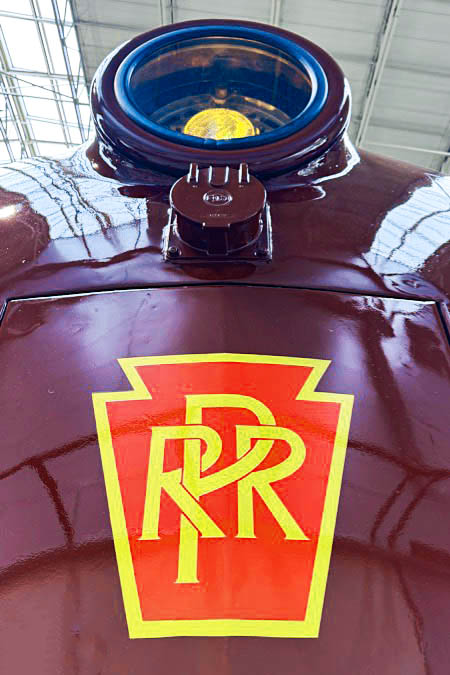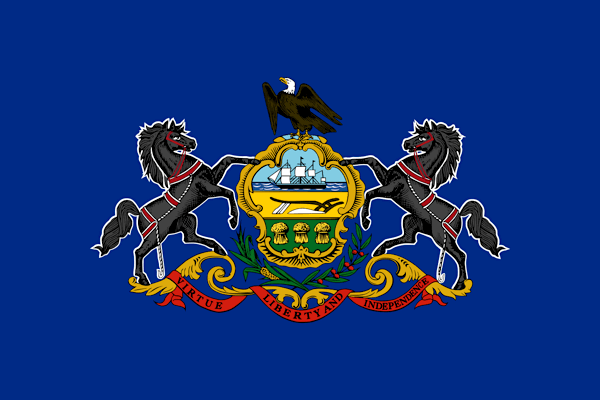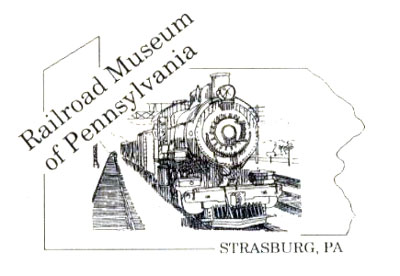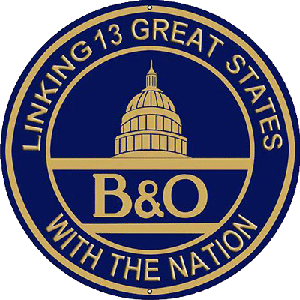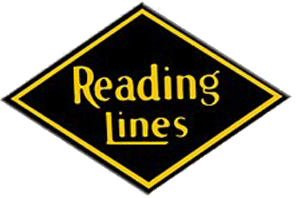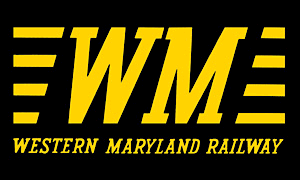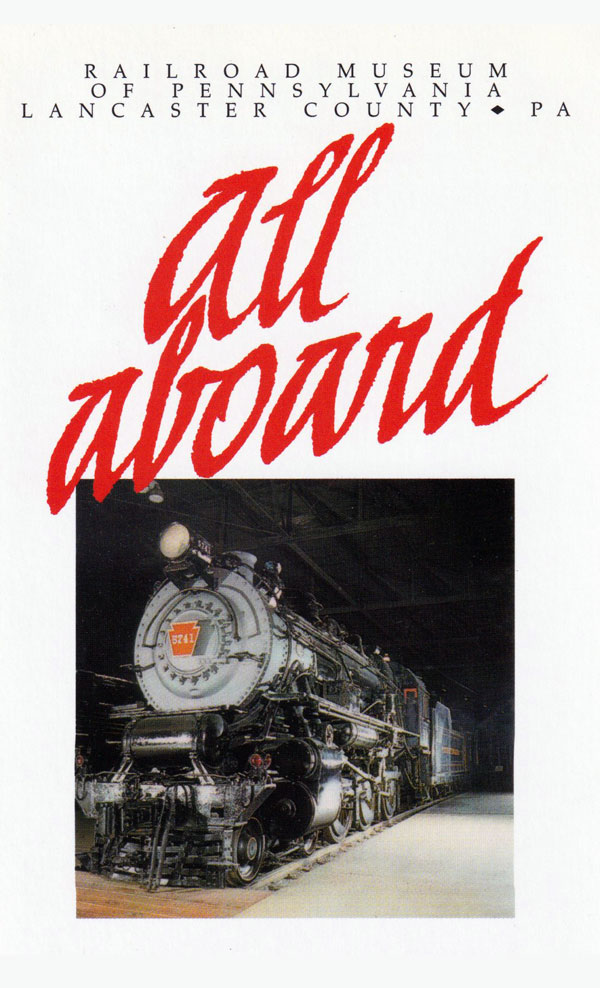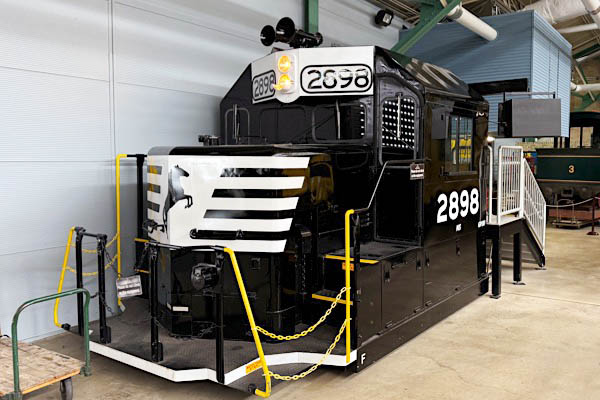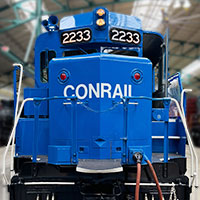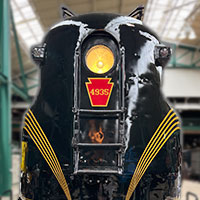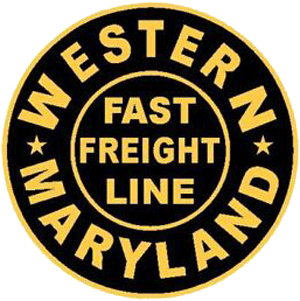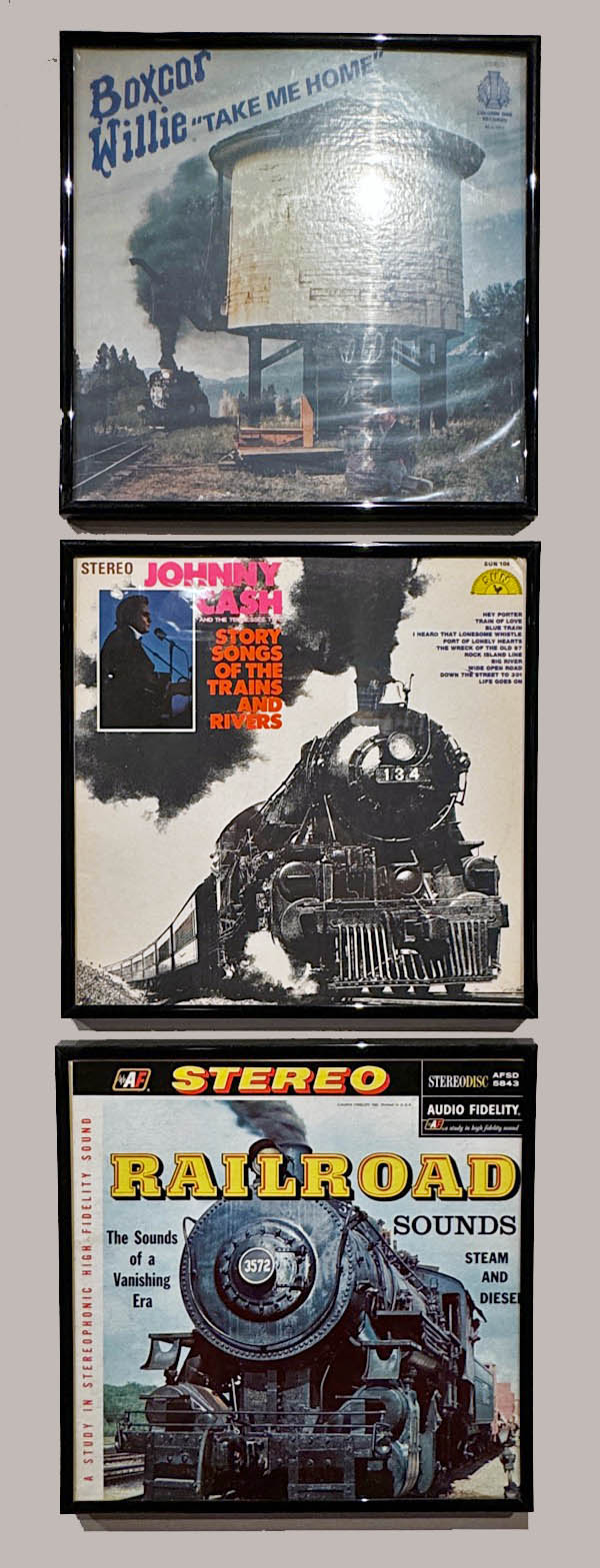
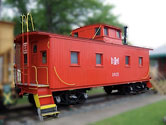




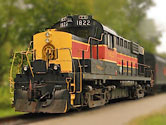
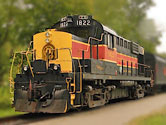
Museum
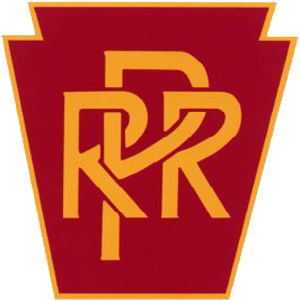 |
Railroad Museum of Pennsylvania"A Railroad Treasure in the Heart of Lancaster County" |
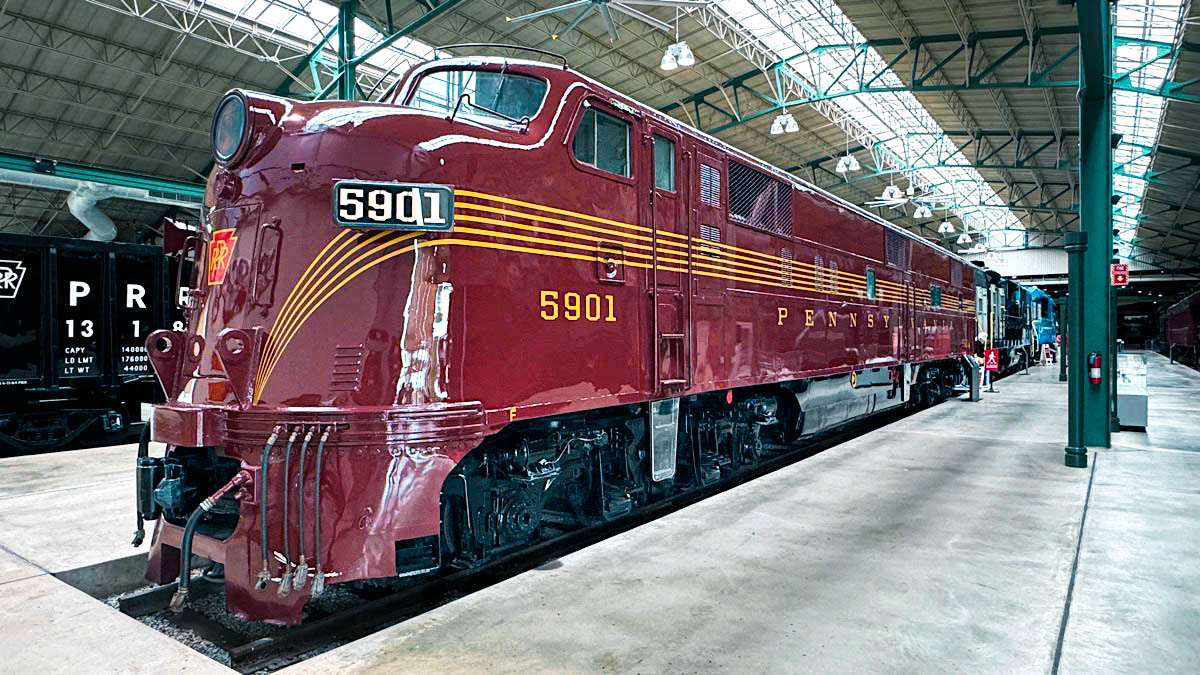
Strasburg, Pa / May 2024 / RWH

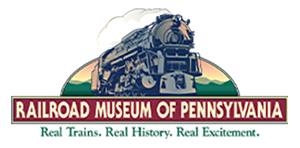
 hat’s in a name? Actually, quite a bit. We are the Railroad Museum of Pennsylvania, not the “Pennsylvania Railroad Museum” or some other variation of the name. We do not just focus on the Pennsylvania Railroad, but all railroads that serve the Commonwealth of Pennsylvania, past, and present. We are a Museum devoted to telling the rich stories of railroading in the Commonwealth, including not just the railroads themselves, but also its manufacturers, its support industries, its workers, and its travelers – then and now.
hat’s in a name? Actually, quite a bit. We are the Railroad Museum of Pennsylvania, not the “Pennsylvania Railroad Museum” or some other variation of the name. We do not just focus on the Pennsylvania Railroad, but all railroads that serve the Commonwealth of Pennsylvania, past, and present. We are a Museum devoted to telling the rich stories of railroading in the Commonwealth, including not just the railroads themselves, but also its manufacturers, its support industries, its workers, and its travelers – then and now.

 he Railroad Museum of Pennsylvania, located in Strasburg, Pennsylvania, was founded in 1975 by the Pennsylvania Historical and Museum Commission to preserve and celebrate the state's rich railroading heritage. The idea for the museum emerged in the 1960s, driven by a growing interest in historic preservation and the recognition of the significant role railroads played in Pennsylvania's industrial growth. The museum was established on a 42-acre site in Strasburg and designed to provide ample space for displaying a vast collection of locomotives and rolling stock. The inaugural exhibit featured several iconic Pennsylvania Railroad steam locomotives, marking the beginning of what would become one of the most comprehensive railroad museums in the region. Since its opening, the museum has expanded its collection and facilities, adding interactive exhibits, a restoration shop, and educational programs to engage visitors of all ages. The museum continues to serve as a vital repository of railroading history, highlighting the technological advancements and cultural impacts of railroads in Pennsylvania and beyond. Adjacent to the museum is the iconic Strasburg Railroad with its daily steam excursions — the oldest continually operating shortline railroad in the country.
he Railroad Museum of Pennsylvania, located in Strasburg, Pennsylvania, was founded in 1975 by the Pennsylvania Historical and Museum Commission to preserve and celebrate the state's rich railroading heritage. The idea for the museum emerged in the 1960s, driven by a growing interest in historic preservation and the recognition of the significant role railroads played in Pennsylvania's industrial growth. The museum was established on a 42-acre site in Strasburg and designed to provide ample space for displaying a vast collection of locomotives and rolling stock. The inaugural exhibit featured several iconic Pennsylvania Railroad steam locomotives, marking the beginning of what would become one of the most comprehensive railroad museums in the region. Since its opening, the museum has expanded its collection and facilities, adding interactive exhibits, a restoration shop, and educational programs to engage visitors of all ages. The museum continues to serve as a vital repository of railroading history, highlighting the technological advancements and cultural impacts of railroads in Pennsylvania and beyond. Adjacent to the museum is the iconic Strasburg Railroad with its daily steam excursions — the oldest continually operating shortline railroad in the country.
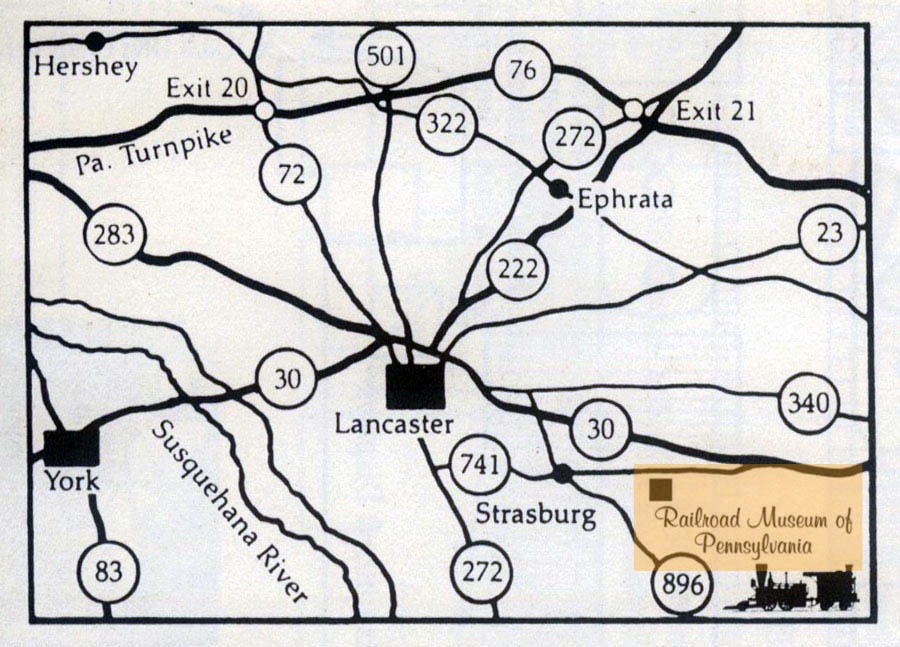
RMP area map / collection

Click to see the Railroad Museum of Pennsylvania plotted on a Google Maps page
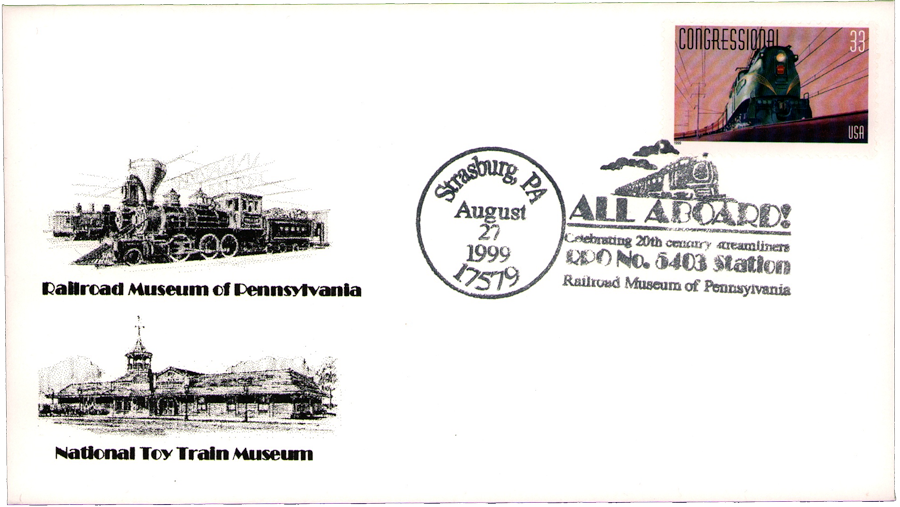
collection
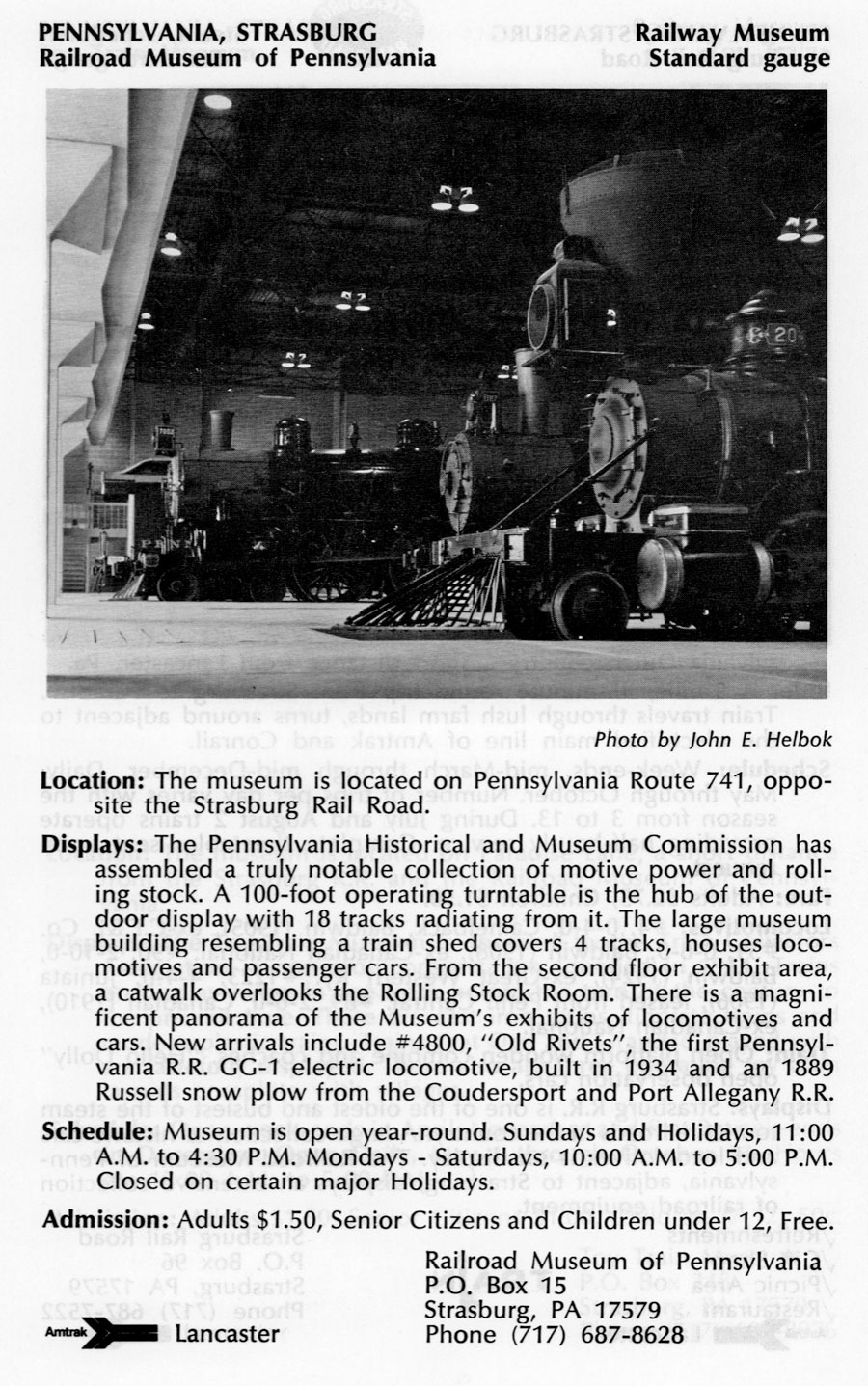
1908 tourist train guide ad / collection
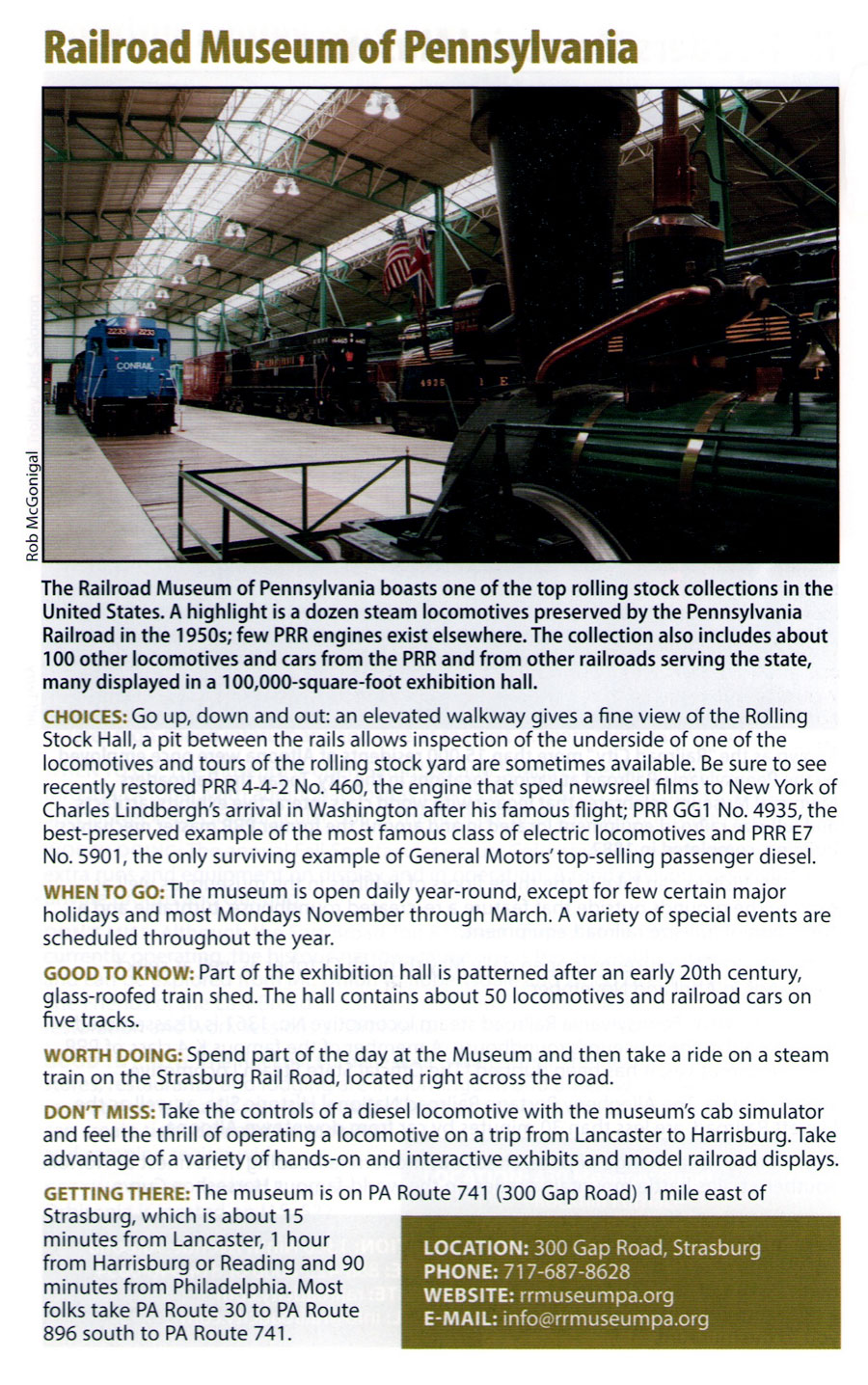
2019 tourist train guide ad / collection
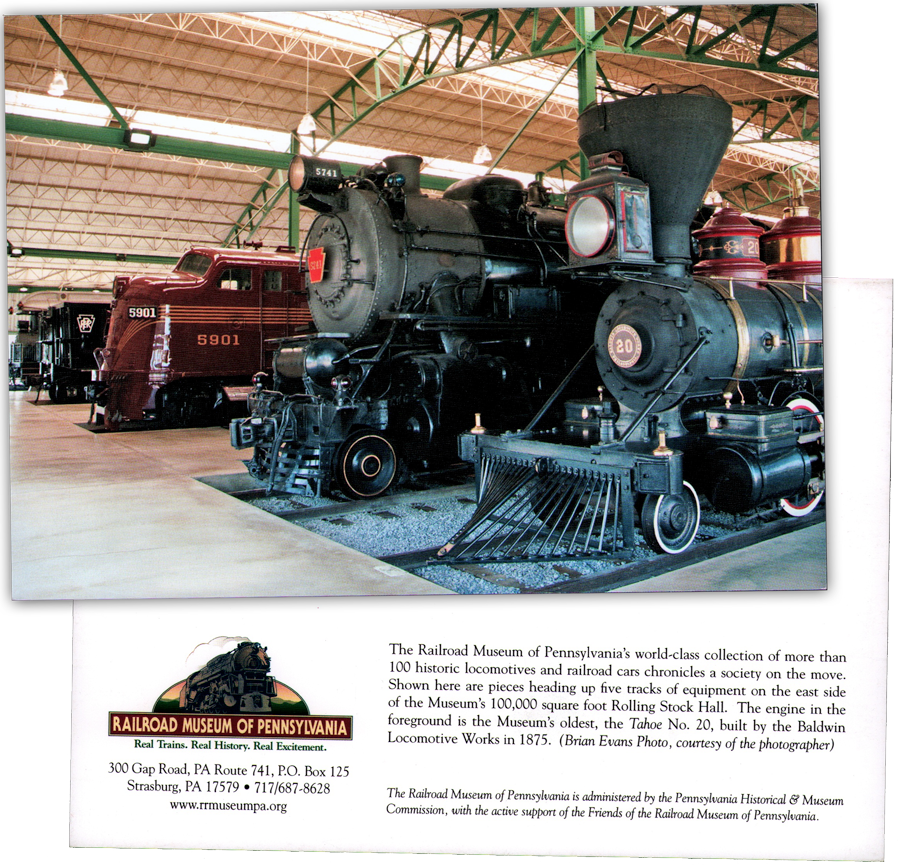
postcard / collection
HawkinsRails thanks our railfan buddy Gragg Robinson for sharing his RR Museum of Pa photos



Strasburg, Pa / Jul 2020 / RWH

Strasburg, Pa / Jul 2020 / RWH
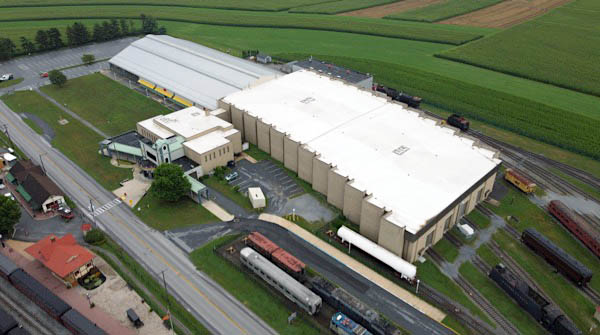
Strasburg, Pa / Jul 2020 / RWH
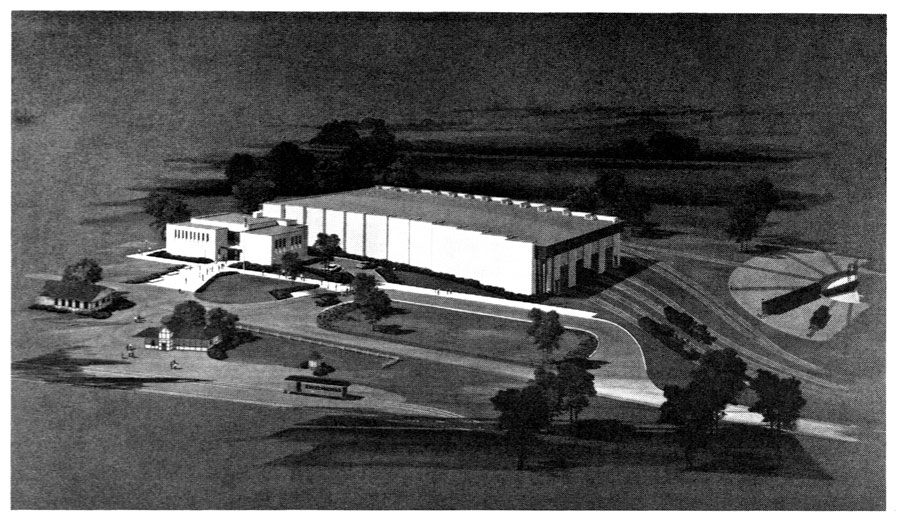
original museum design rendering / collection
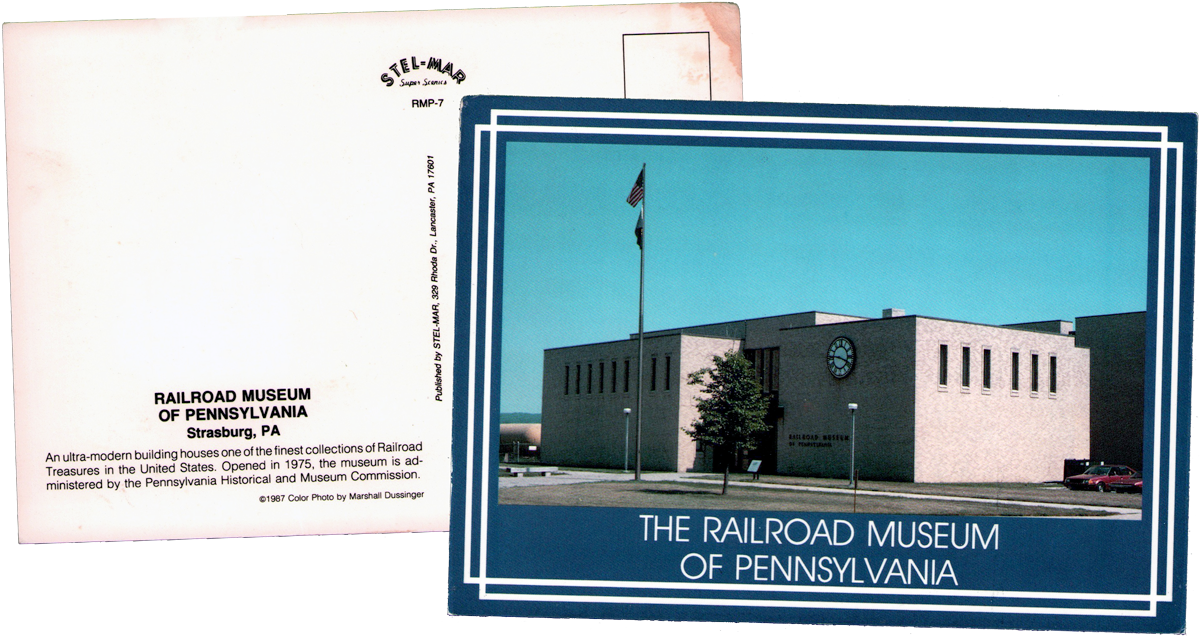
postcard / collection
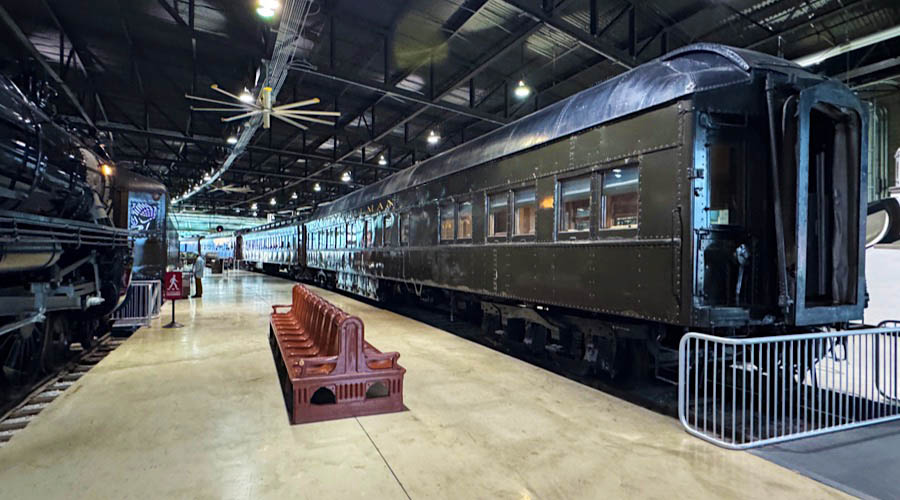
Jul 2020 / RWH
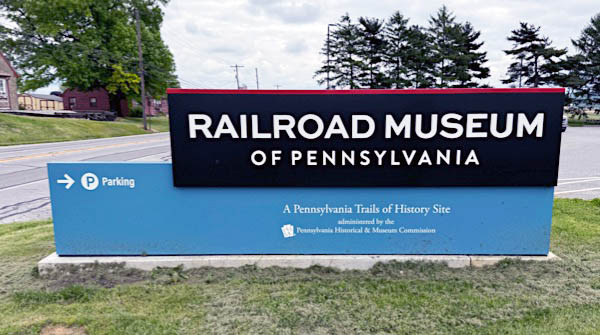


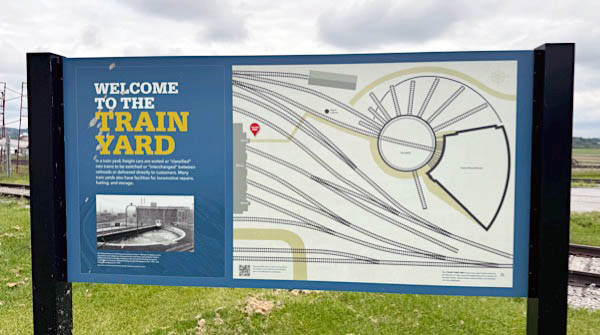
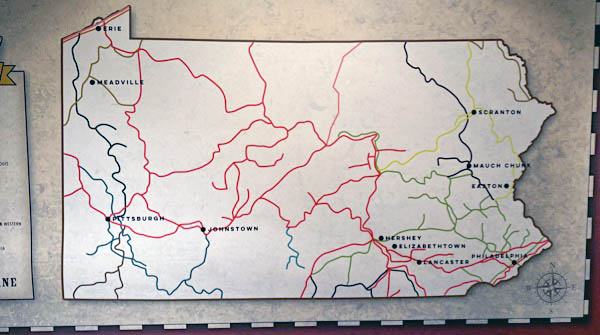
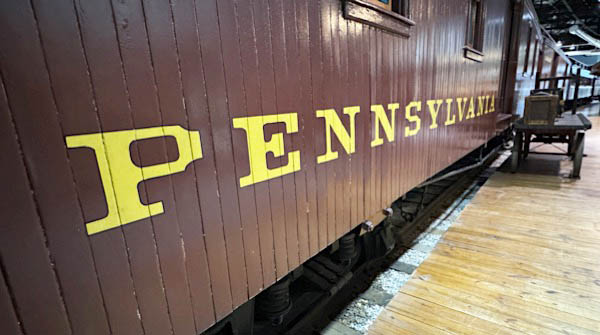
May 2024 / RWH
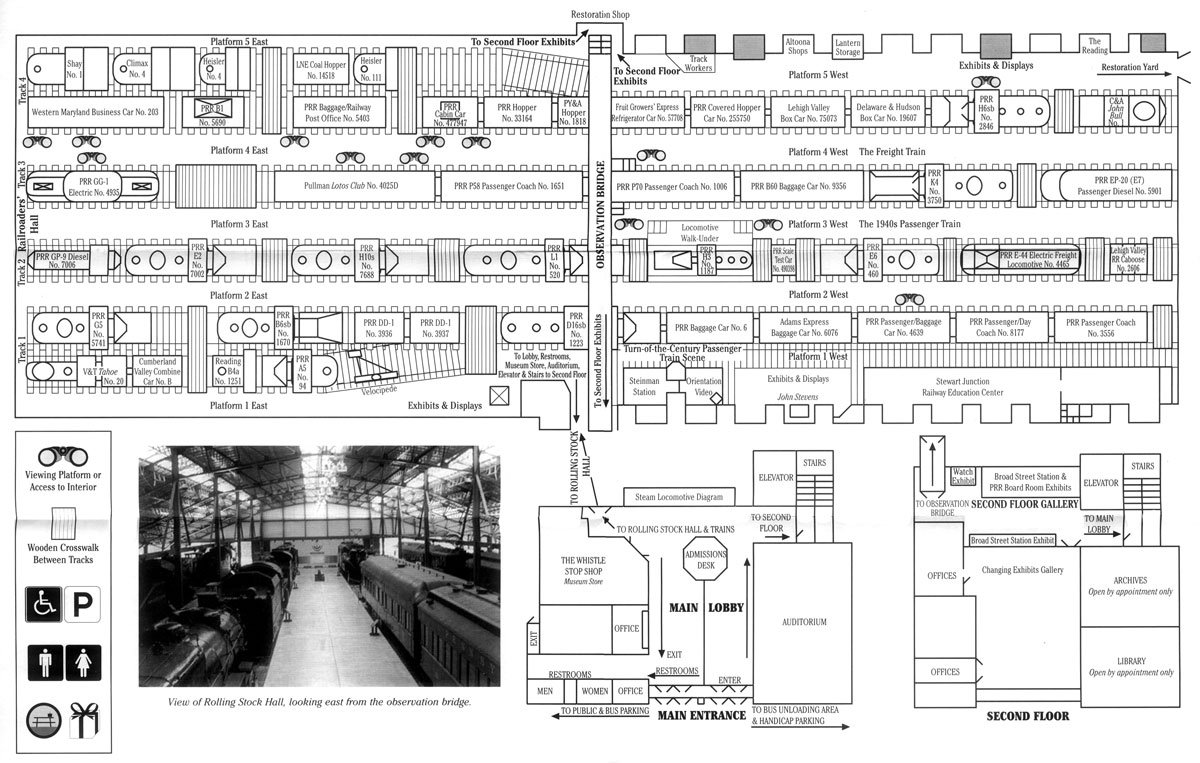
collection

Strasburg, Pa / Jul 2024 / Gragg Robinson
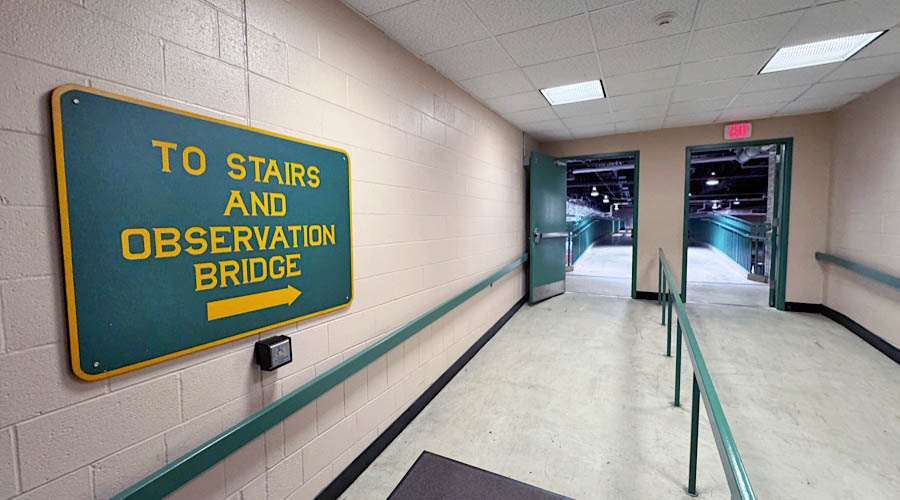
May 2024 / RWH

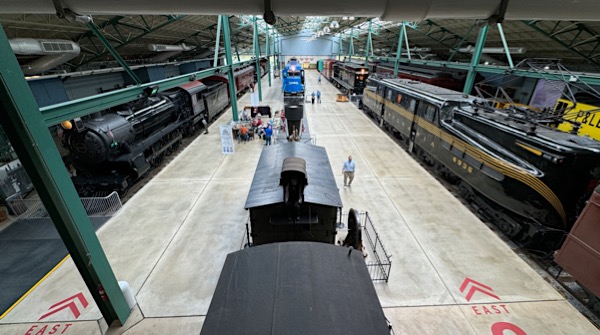
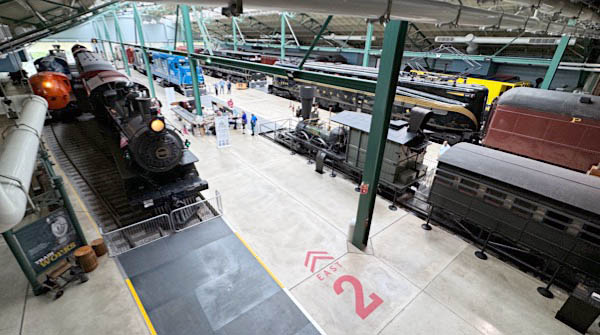
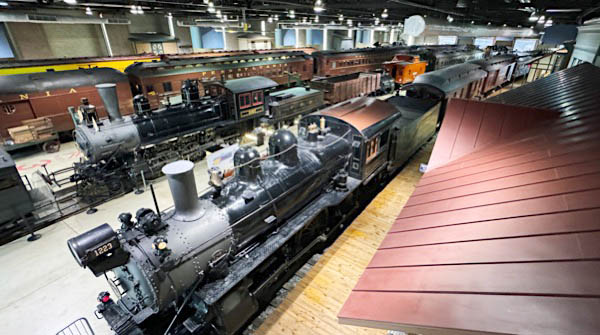
May 2024 / RWH
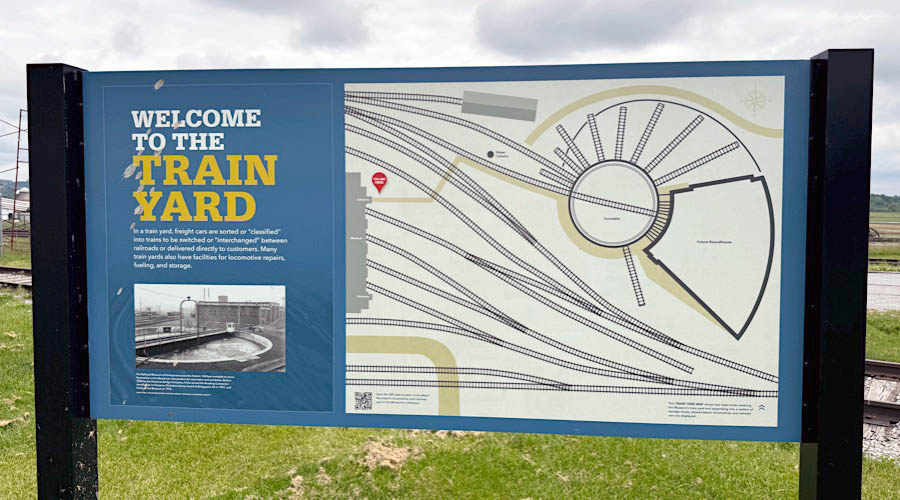
May 2024 / RWH
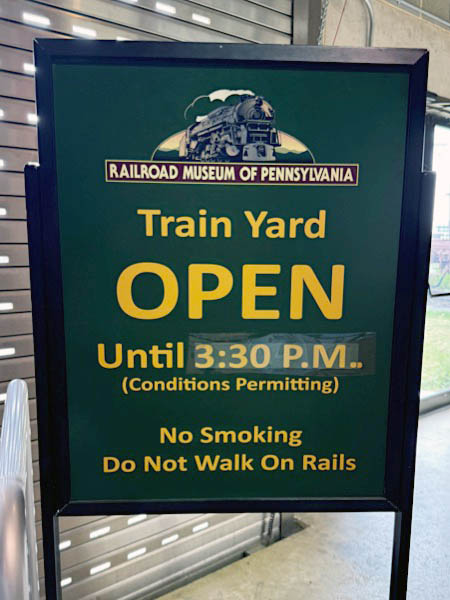
May 2024 / RWH
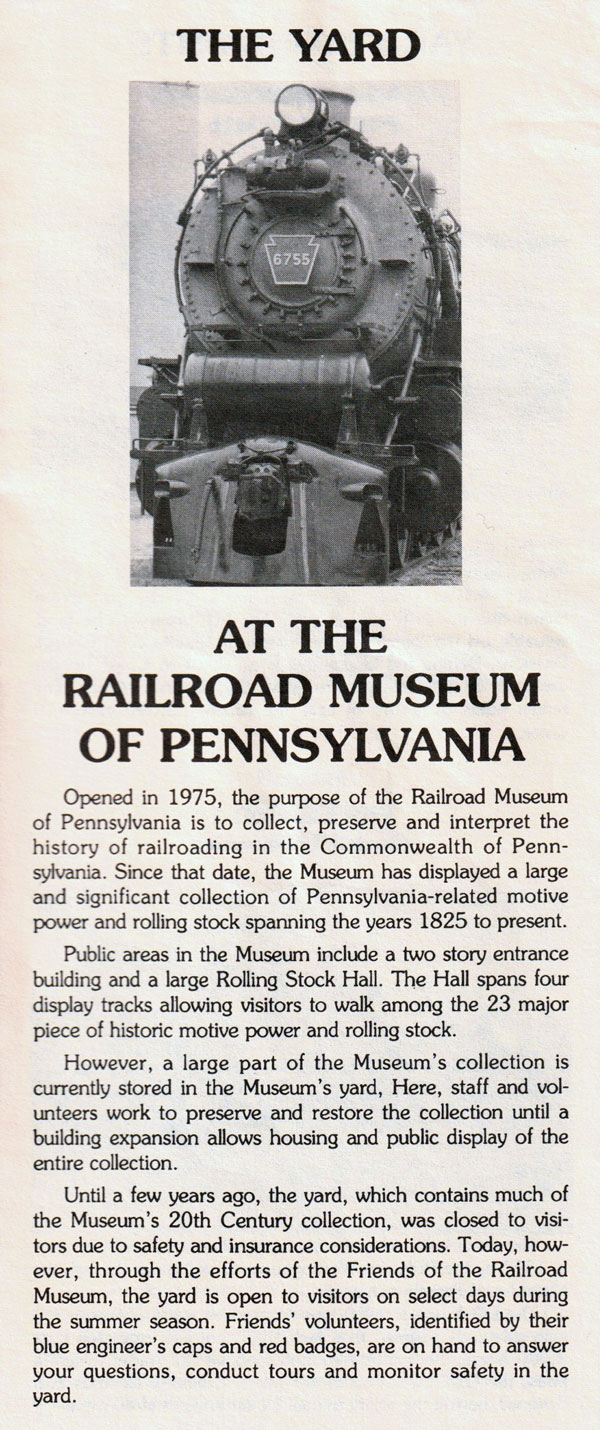
collection
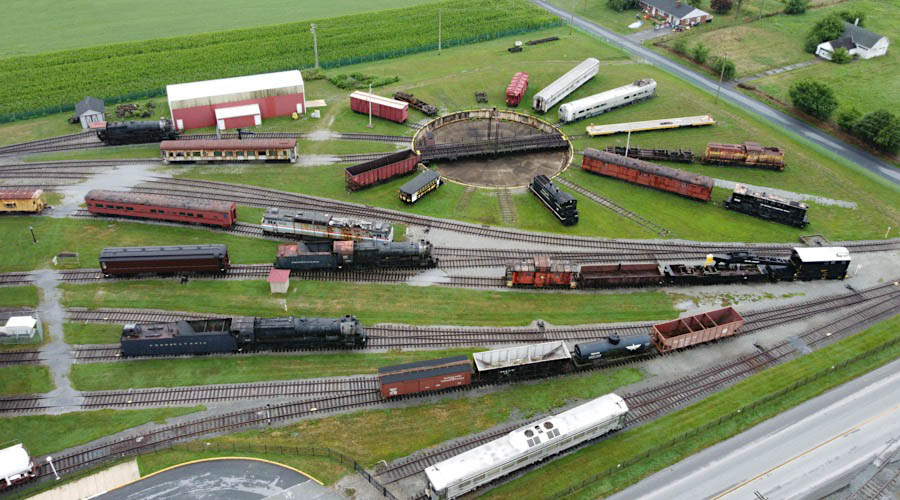

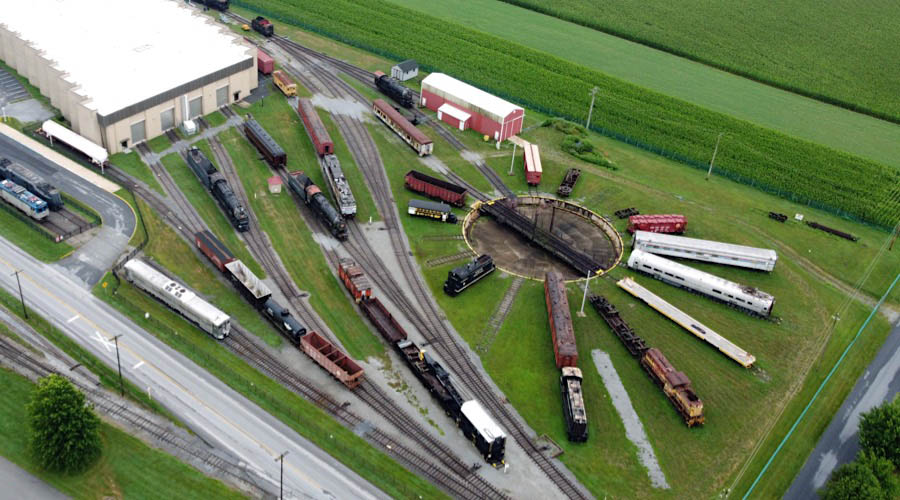
Strasburg, Pa / Jul 2020 / RWH
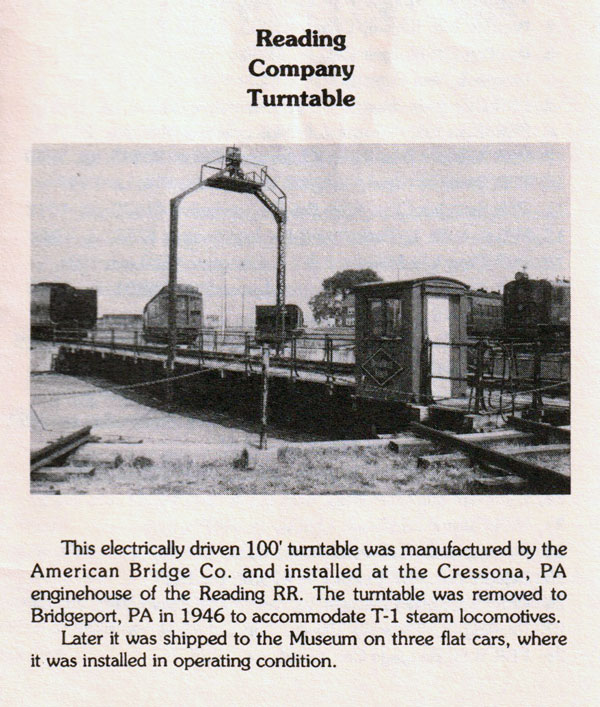
collection
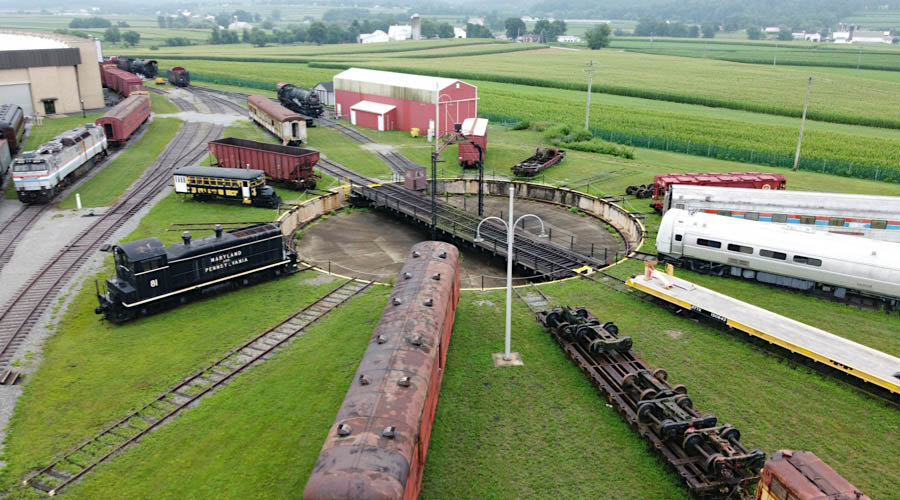
Strasburg, Pa / Jul 2020 / RWH
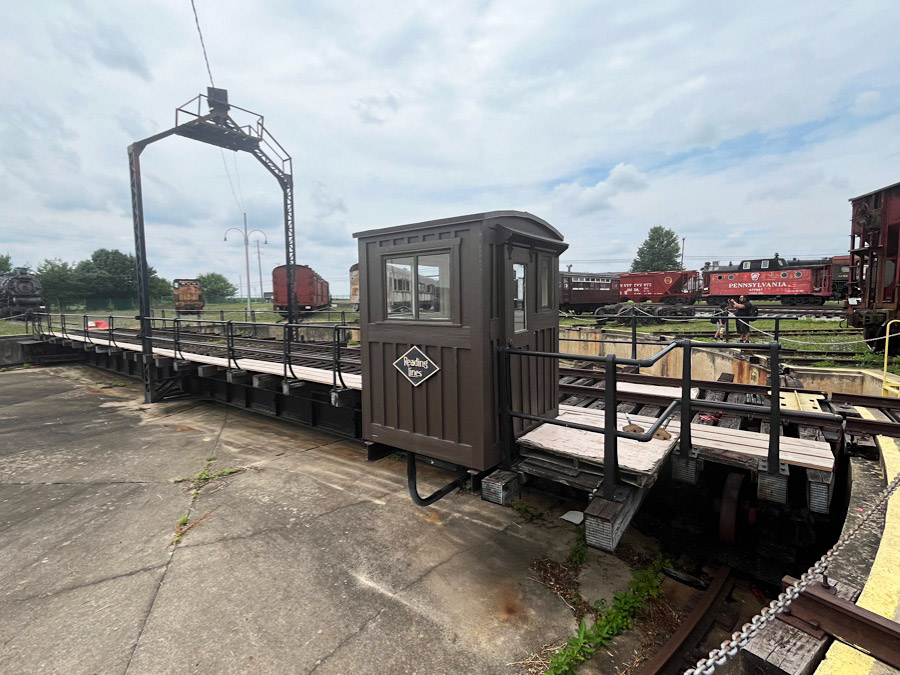
Strasburg, Pa / Jul 2024 / Gragg Robinson
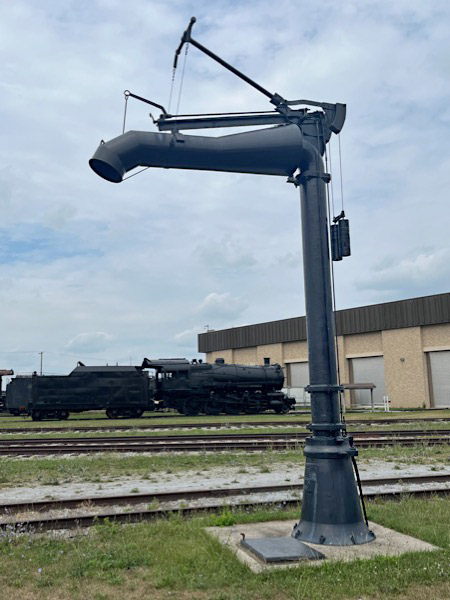
Jul 2024 / Gragg Robinson
Scrapbooks

See also our complete Strasburg Rail Road featured scrapbook in Preservation
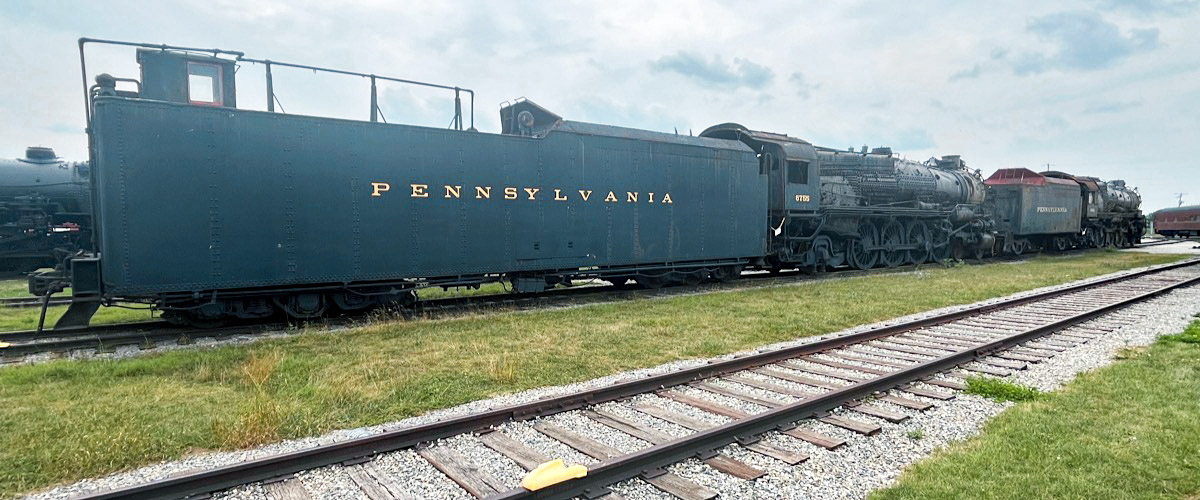
Jul 2024 / Gragg Robinson
Displays

collection
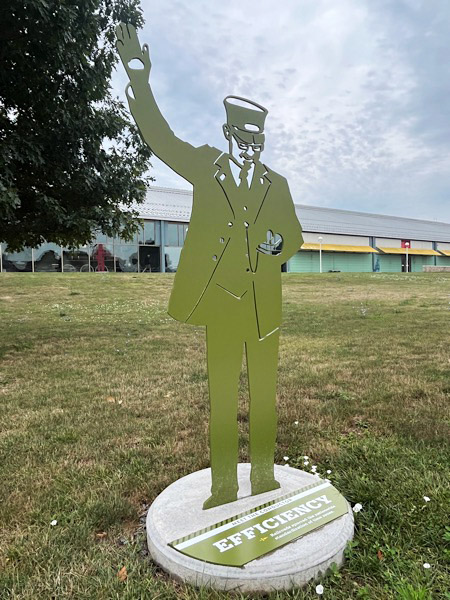
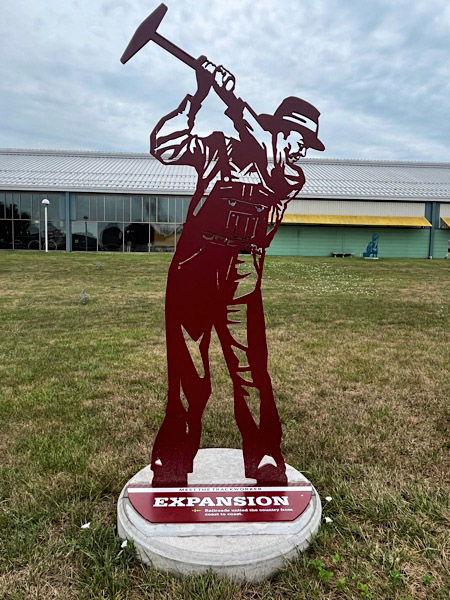
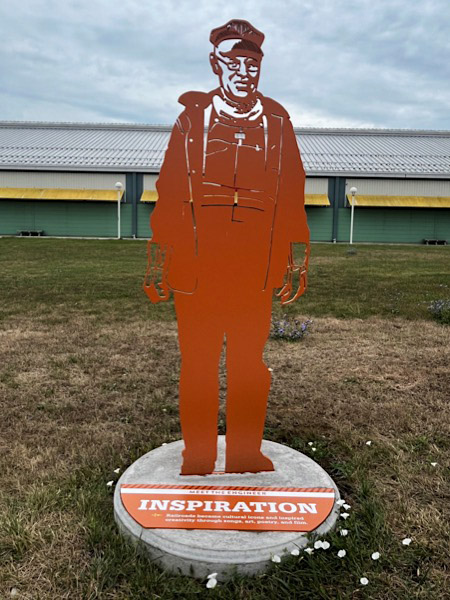
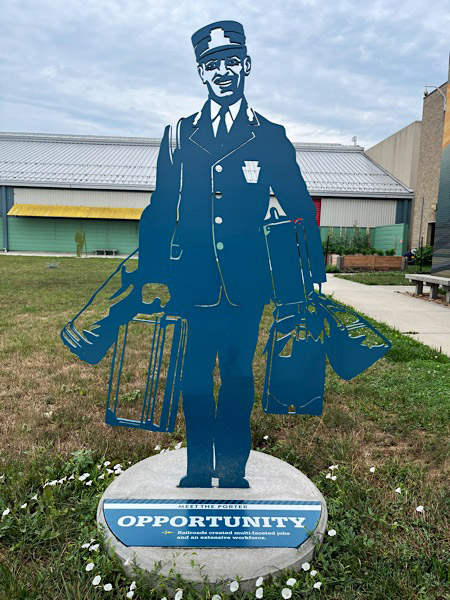
Strasburg, Pa / Jul 2024 / Gragg Robinson
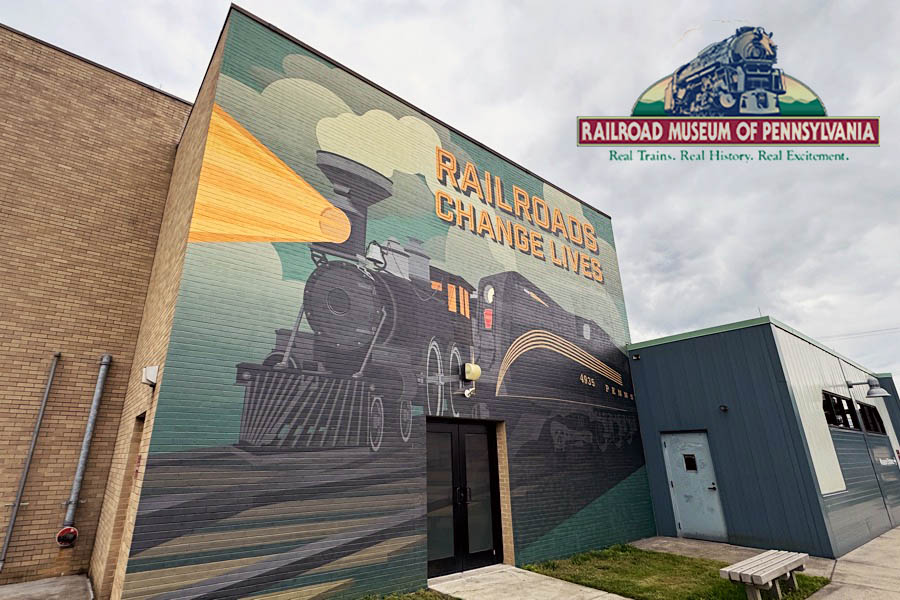
Strasburg, Pa / May 2024 / RWH

May 2024 / RWH

May 2024 / RWH
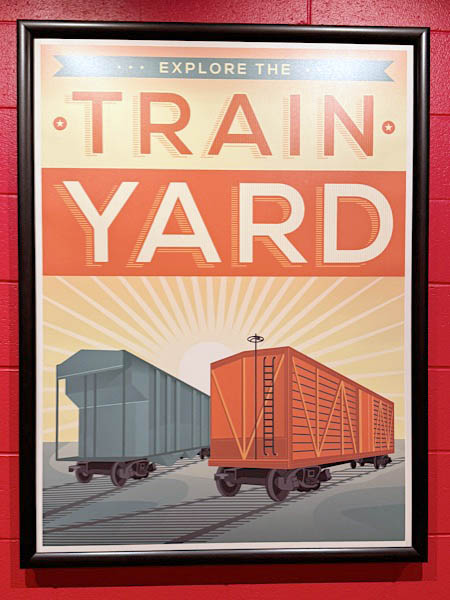
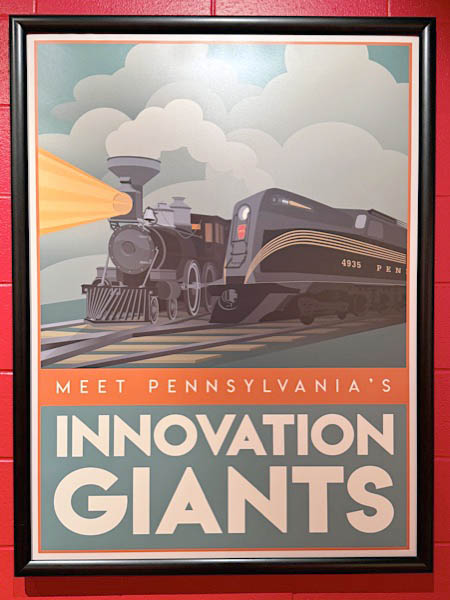
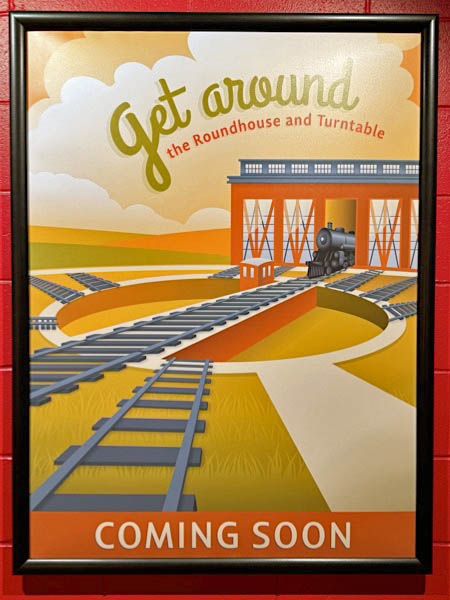

May 2024 / RWH
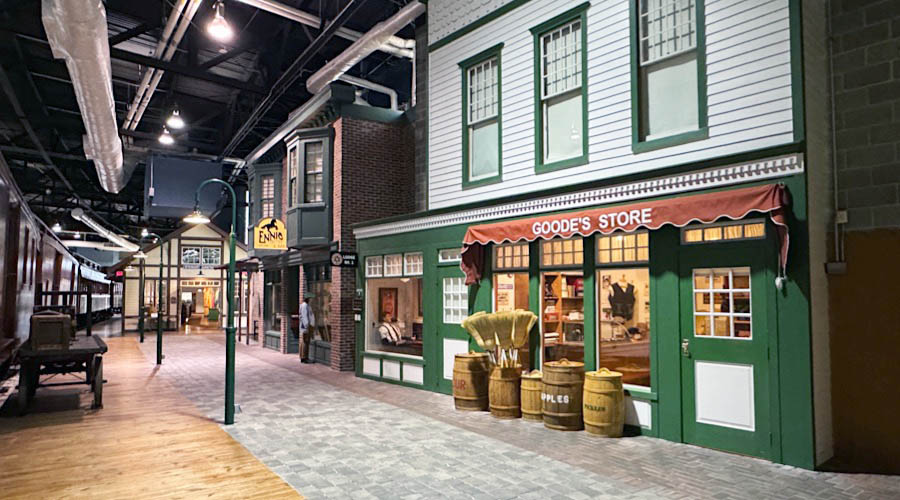
May 2024 / RWH
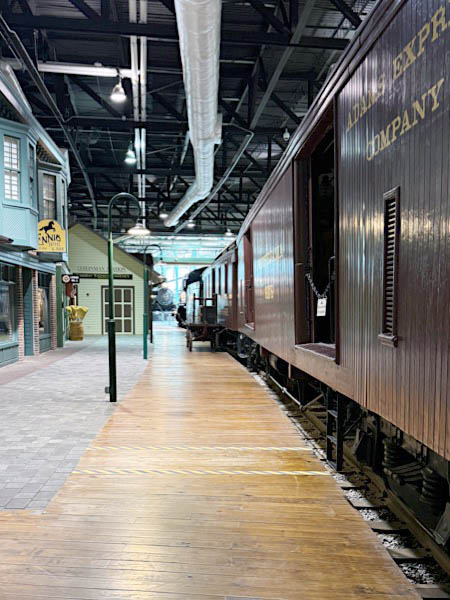
May 2024 / RWH
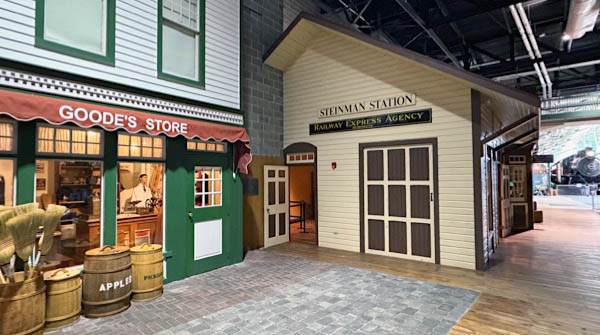
May 2024 / RWH
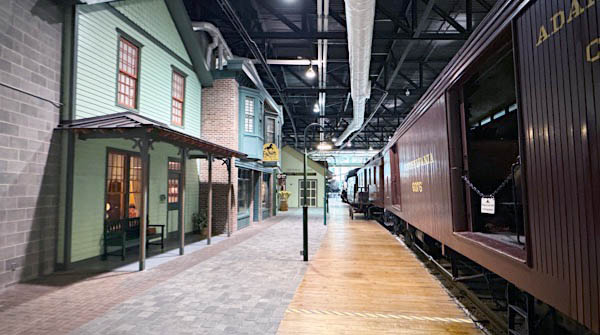
May 2024 / RWH
Alexander J. Cassatt (usually styled A. J. Cassatt) joined the Pennsylvania Railroad (PRR) in 1861 as an engineer and rapidly rose through the ranks. He was a vice president in 1877 when the Pittsburgh Railway riots broke out, and had become PRR's first vice-president by 1880. He was disappointed to be passed over for the presidency and resigned from the company in 1882.
 During his absence he devoted his time to horse breeding but still was able to organize the New York, Philadelphia & Norfolk Railroad (NYP&N), a new line that connected southern markets with the north. Despite no longer being an executive with PRR, he was elected to the PRR's board of directors and was recalled in 1899 to serve as president.
During his absence he devoted his time to horse breeding but still was able to organize the New York, Philadelphia & Norfolk Railroad (NYP&N), a new line that connected southern markets with the north. Despite no longer being an executive with PRR, he was elected to the PRR's board of directors and was recalled in 1899 to serve as president.
Cassatt more than doubled the PRR's total assets during his term, from $276 million to $594 million, while track and equipment investment increased by almost 150 percent. The route from New York through Philadelphia, Harrisburg and Altoona to Pittsburgh was made double-tracked throughout; the route to Washington, D.C. made four-tracked (it was known as "Pennsy's Broad Way"). Many other lines were double-tracked; almost every part of the system was improved. New freight cutoffs avoided stations; grade crossings were eliminated; flyovers were built to streamline common paths through junctions; terminals were redesigned, and much more. Cassatt initiated the PRR's program of electrification which led to the road being the United States' most electrified system.
However the PPR's great accomplishment under Cassatt's stewardship was the planning and construction of the long awaited tunnels under the Hudson River that brought PRR's trunk line into New York City. His purchase of a controlling interest in the Long Island Rail Road and the construction of tunnels under the East River facilitated the creation of a PRR commuter network on Long Island.
Cassatt died in 1906, several years before his grand Pennsylvania Station in New York City was completed. He was succeeded as PRR's president by James McCrea.
image May 2024 / RWH
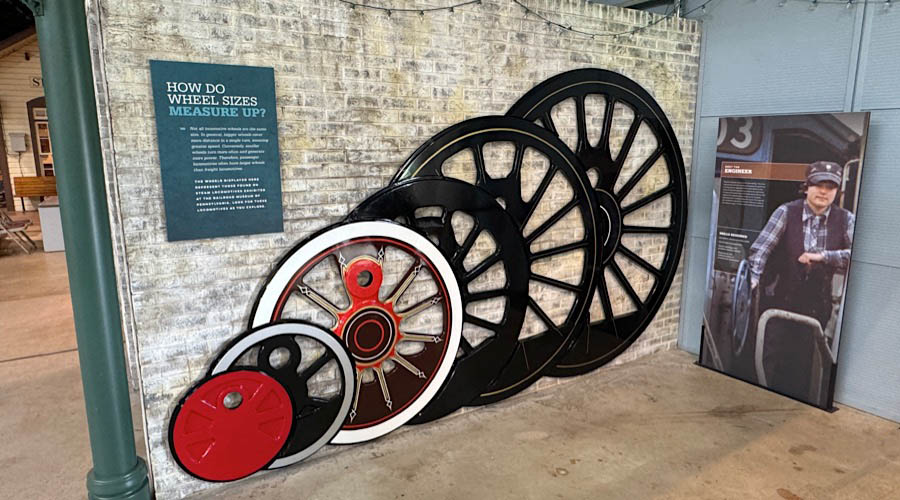
May 2024 / RWH
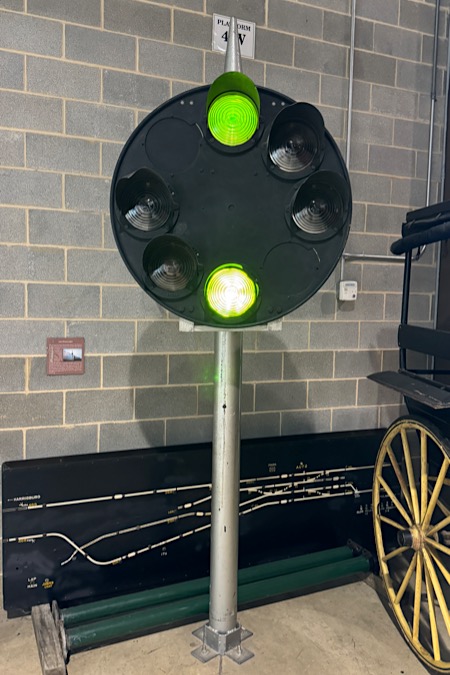
May 2024 / RWH
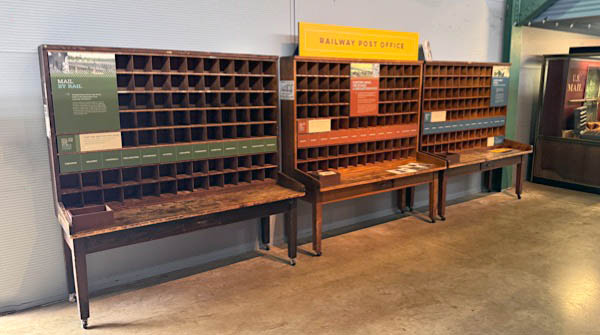
May 2024 / RWH
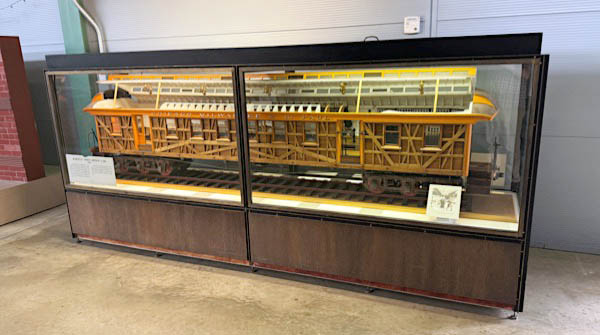
May 2024 / RWH
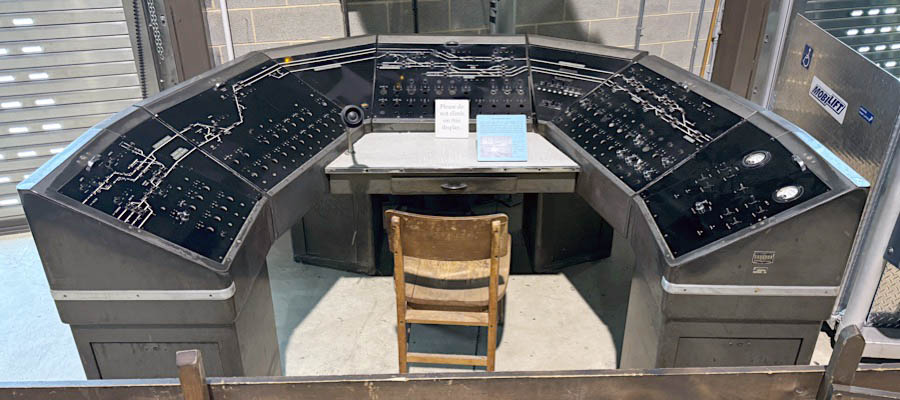
May 2024 / RWH

Jul 2024 / Gragg Robinson
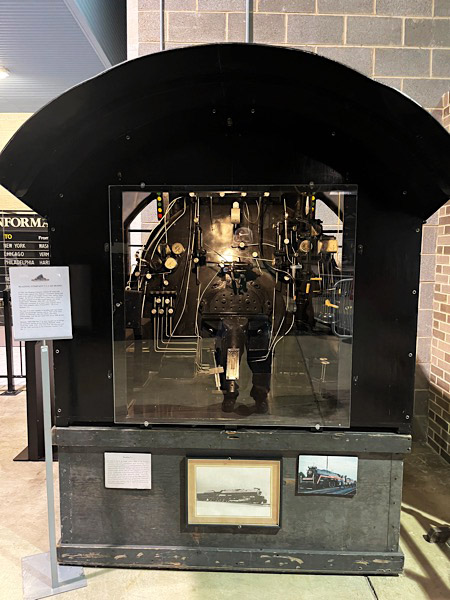
Jul 2024 / Gragg Robinson
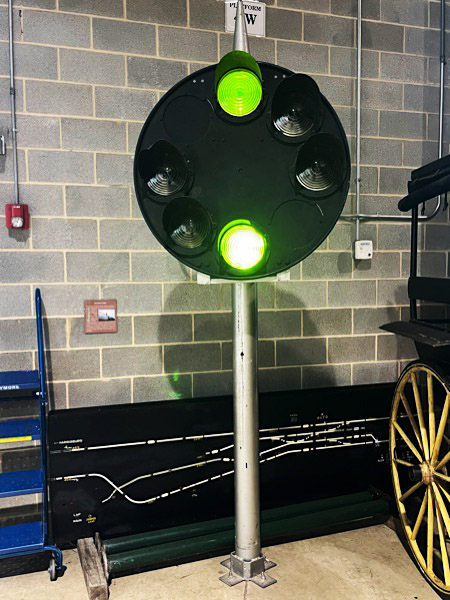

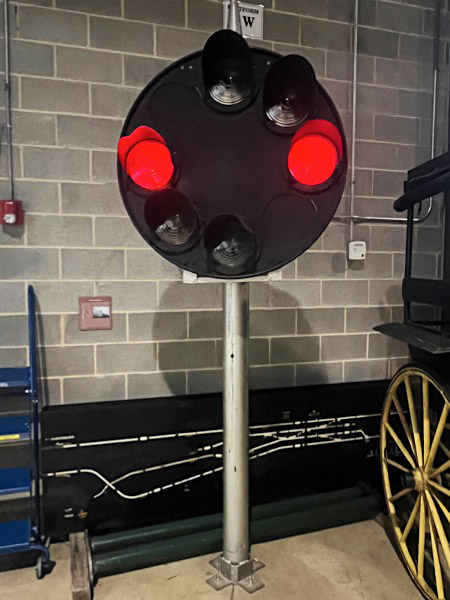
Jul 2024 / Gragg Robinson

May 2024 / RWH
 Solari Board
Solari Board
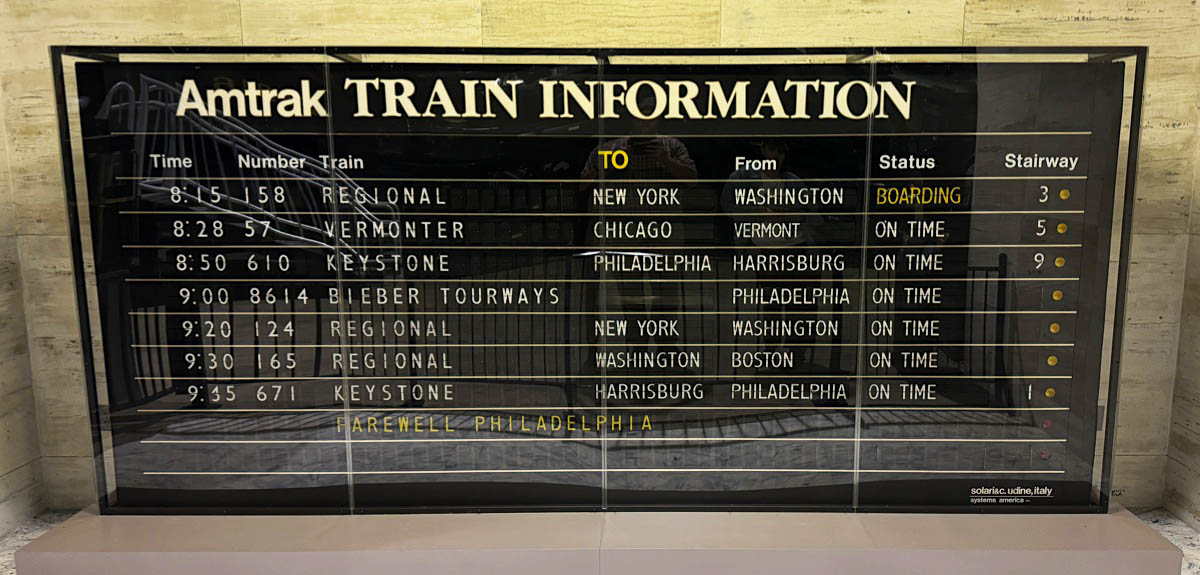
Strasburg, Pa / May 2024 / RWH

From 1970 on, Philadelphia's revered temple of transportation, the famed 30th Street Station, contained in its main hall a series of wonderful Solari Boards — a European split-flap display famous for its quickly rotating characters and their unique flapping sound. I was thrilled to catch the final Philly Solari in action in the spring of 2016 during my first arrival on Amtrak into 30th Street. The board was mesmerizing; I will confess to standing before it for 30 minutes watching each line cascade with flapping updates as trains on the Corridor rapidly came and went. I'm so glad I had the presence of mind to record a series of updates, as just 24 months later Amtrak removed its last Solari in the country and replaced it with LCD panels. I was delighted to see the board again in 2024 when I took Ella to the Railroad Museum of Pennsylvania for the first time. Although lovely to see it preserved so well, what would it take, I wonder, to make those numbers and letters gloriously flap again for future generations?
Philadelphia, Pa / Apr 2016 / RWH
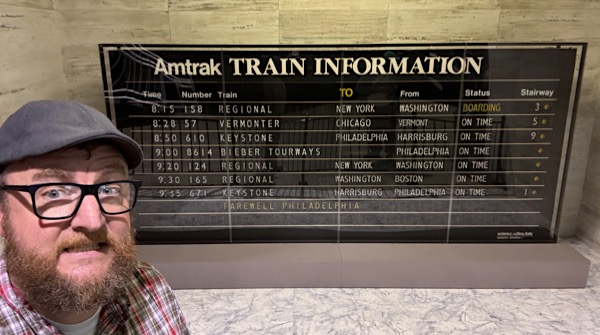
May 2024 / RWH
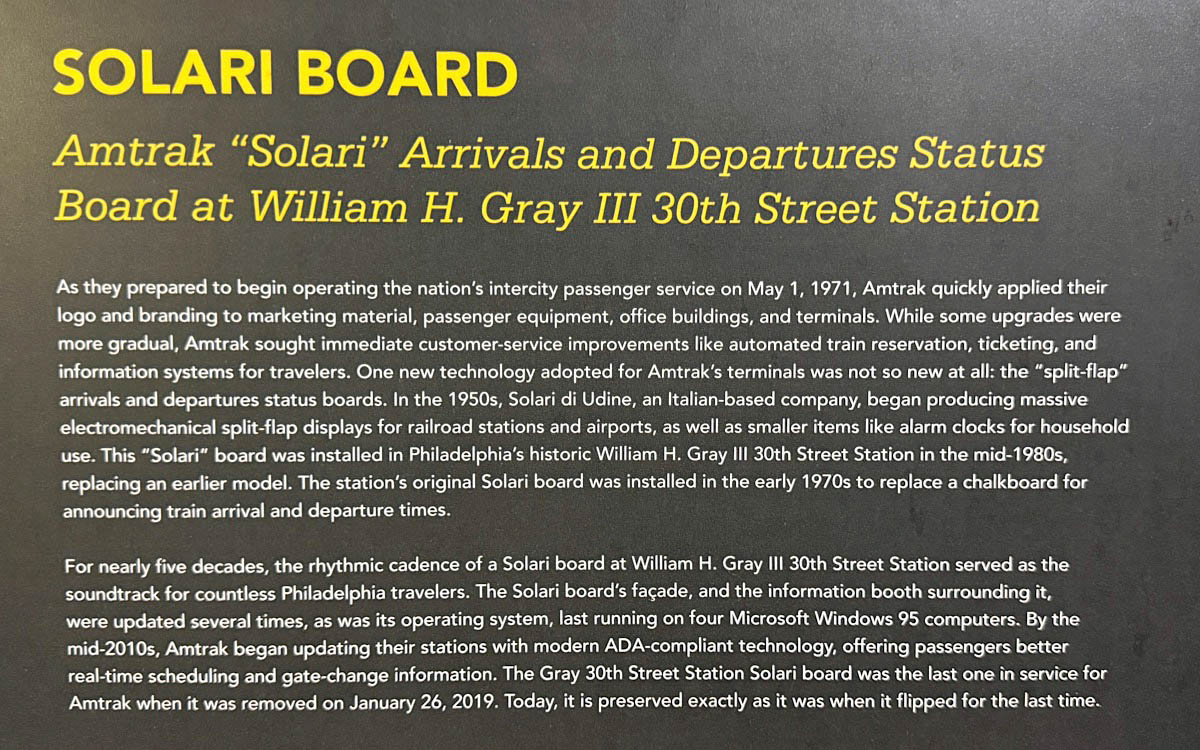
May 2024 / RWH
 Solari di Udine SpA is an Italian company that designs and manufactures public information displays, historically split-flap displays. The company was founded in 1725 in Udine, a small city in northeastern Italy. Initially, the company specialized in clocks for towers. It began working with designer Gino Valle after World War II, and developed signs with four flaps, each with ten digits, to display the time. The company eventually designed displays with 40 flaps, with the help of Belgian inventor John Myer. The new displays could include numbers and letters, allowing for a much wider use.
Solari di Udine SpA is an Italian company that designs and manufactures public information displays, historically split-flap displays. The company was founded in 1725 in Udine, a small city in northeastern Italy. Initially, the company specialized in clocks for towers. It began working with designer Gino Valle after World War II, and developed signs with four flaps, each with ten digits, to display the time. The company eventually designed displays with 40 flaps, with the help of Belgian inventor John Myer. The new displays could include numbers and letters, allowing for a much wider use.
The company's Cifra 5 clock was awarded the Compasso d'Oro in 1956. In this year, Solari sold its first moving sign to Liege railway station in Belgium. It subsequently sold thousands to airports and train stations. There is no known record of surviving Solari split-flap displays, though hundreds have been replaced with more modern displays across the world. The Solari board at 30th Street Station in Philadelphia, Pennsylvania, operated there from the 1970s to 2018, the last to operate in an Amtrak station. The board was subsequently moved to the Railroad Museum of Pennsylvania. Penn Station in New York City operated a Solari board from 1967 to 1985. Its removal upset the public, though subsequent displays mimic some aspects of the Solari board.

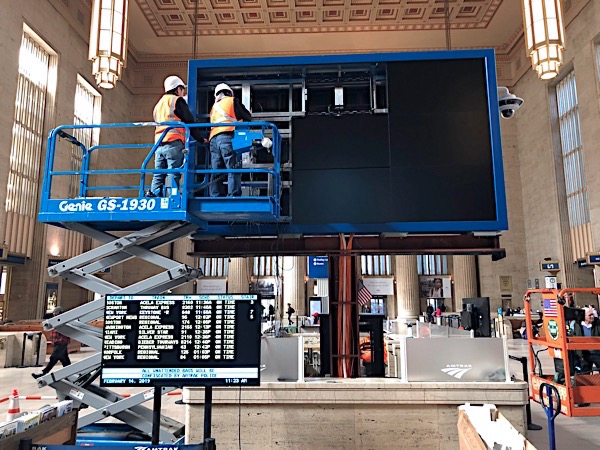

Philadelphia, Pa / Feb 2019 / RWH
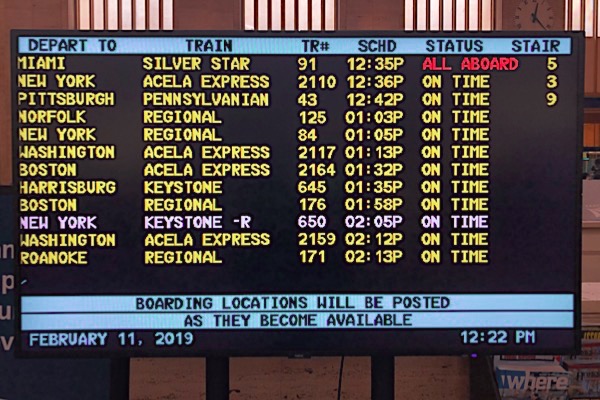
Philadelphia, Pa / Feb 2019 / RWH
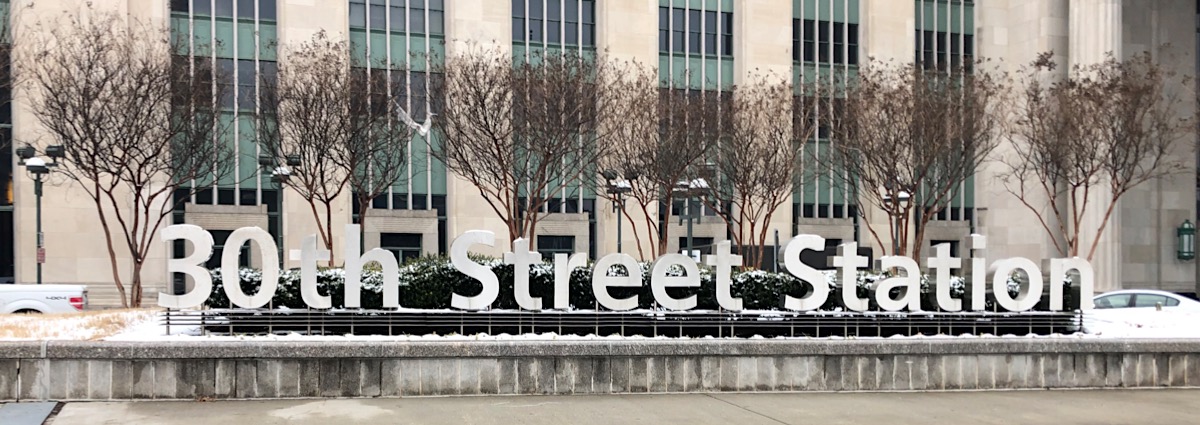
Philadelphia, Pa / Feb 2019 / RWH

See also our complete Amtrak Philadelphia 30th Street Great Station scrapbook in Mainlines
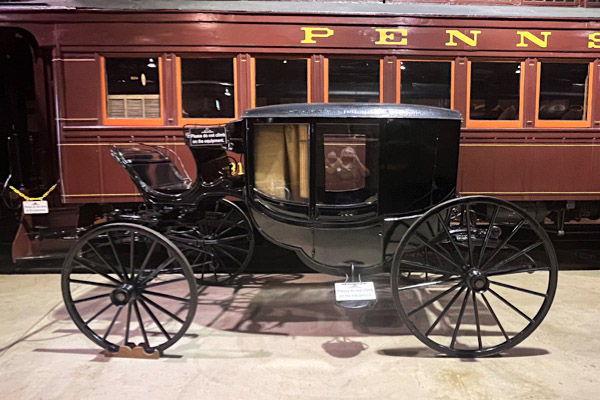

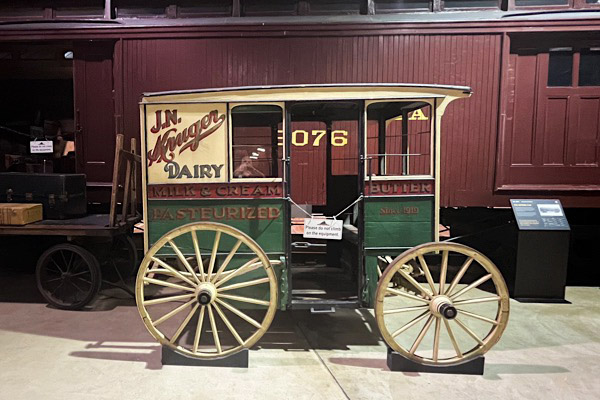

Jul 2024 / Gragg Robinson

May 2024 / RWH

RWH
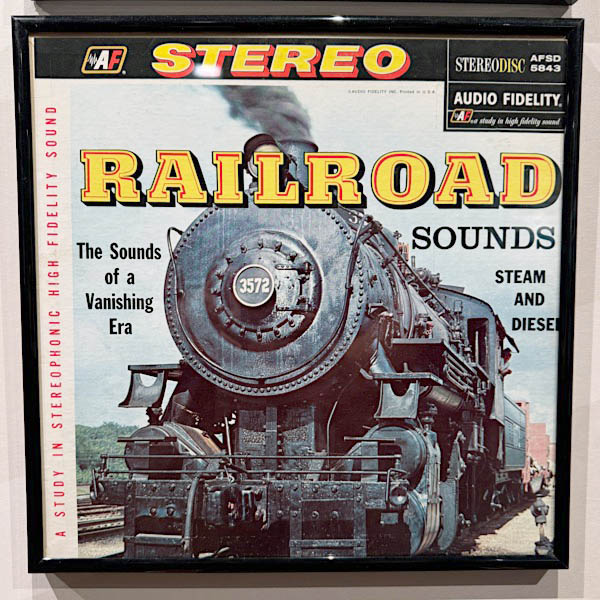

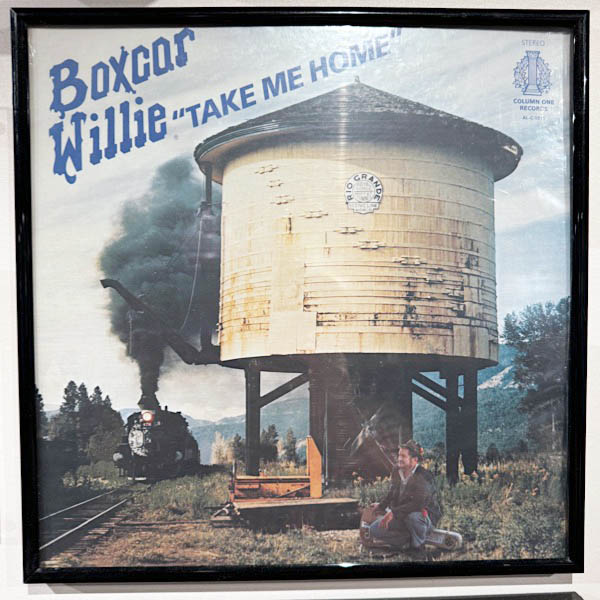
May 2024 / RWH
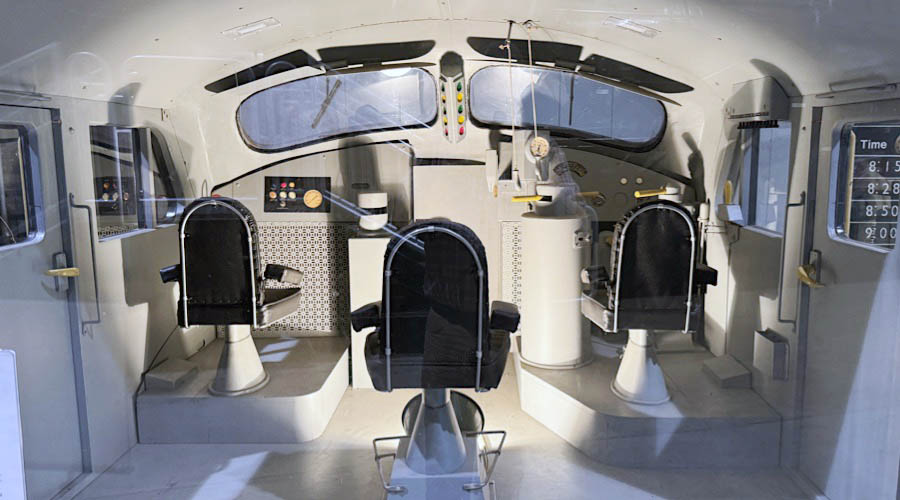
May 2024 / RWH
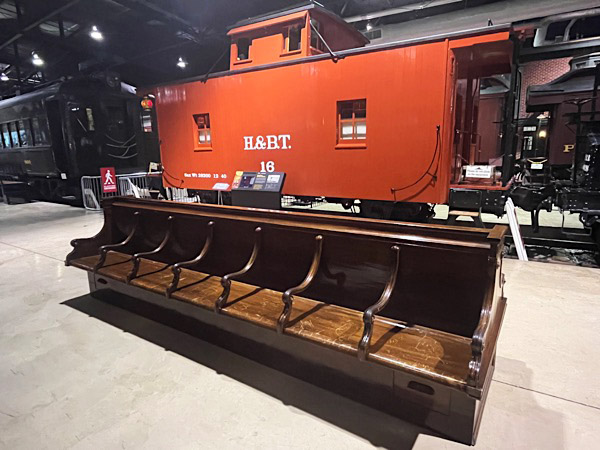
Jul 2024 / Gragg Robinson
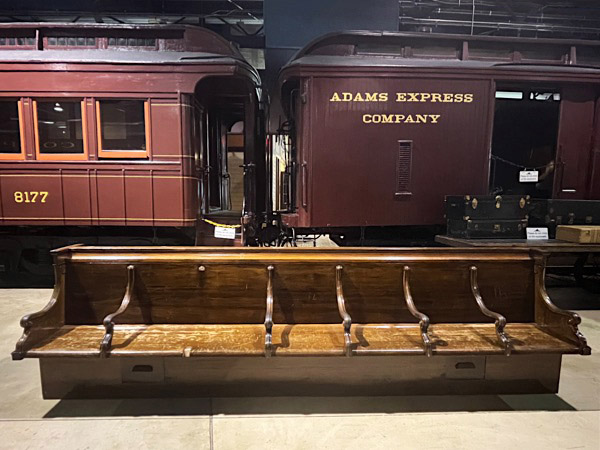
Jul 2024 / Gragg Robinson
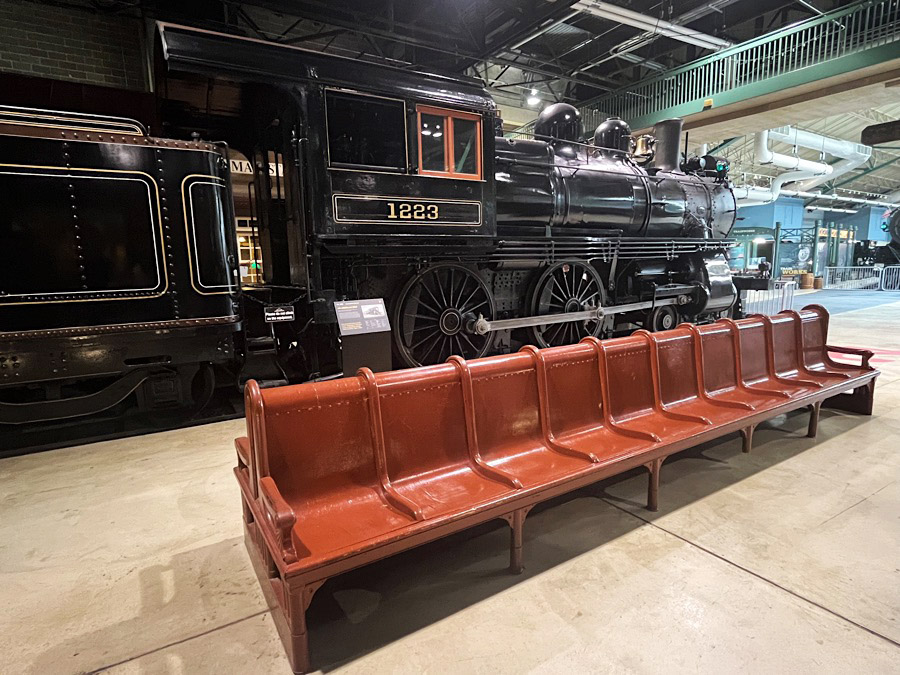
Jul 2024 / Gragg Robinson
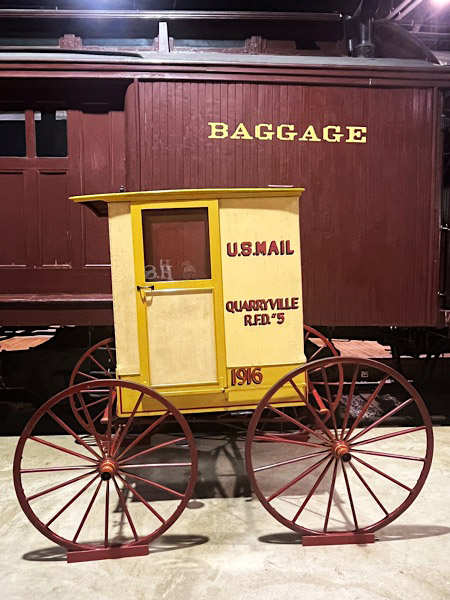
Jul 2024 / Gragg Robinson
 Matthias W. Baldwin
Matthias W. Baldwin
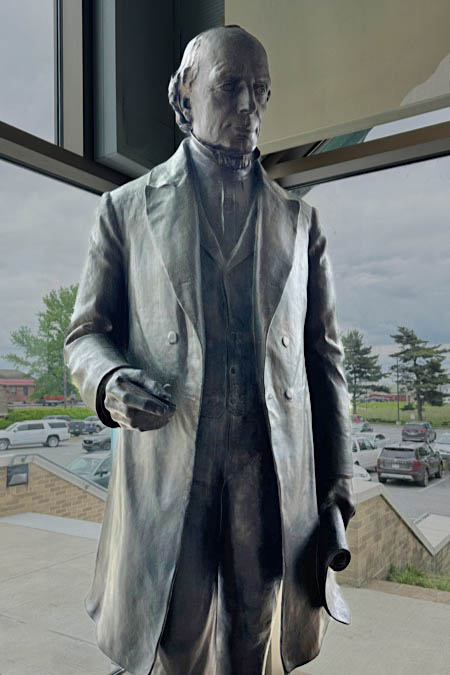
May 2024 / RWH
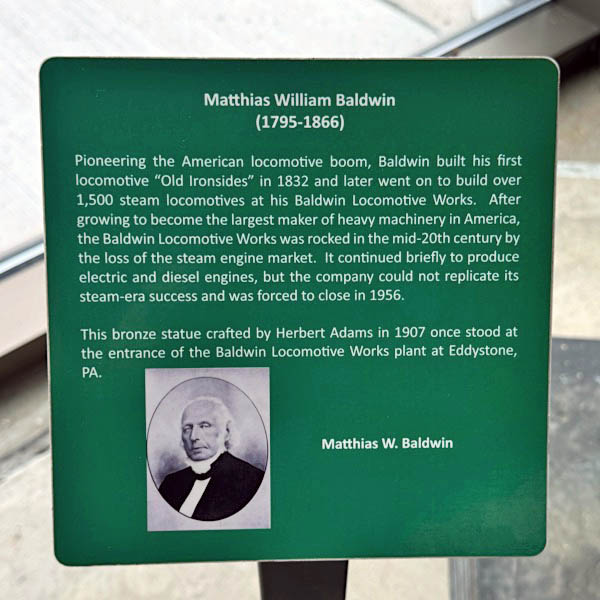
May 2024 / RWH
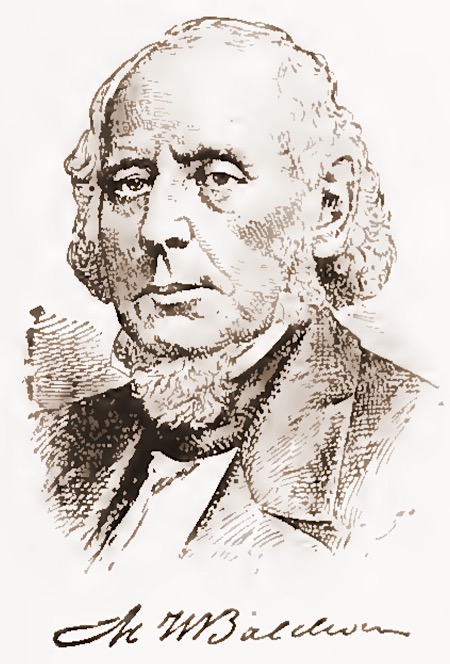 Matthias William Baldwin (December 10, 1795 – September 7, 1866) was an American inventor and machinery manufacturer, specializing in the production of steam locomotives. Baldwin's small machine shop, established in 1825, grew to become Baldwin Locomotive Works, one of the largest and most successful locomotive manufacturing firms in the United States. The most famous of the early locomotives were Old Ironsides, built by Matthias Baldwin in 1832.
Matthias William Baldwin (December 10, 1795 – September 7, 1866) was an American inventor and machinery manufacturer, specializing in the production of steam locomotives. Baldwin's small machine shop, established in 1825, grew to become Baldwin Locomotive Works, one of the largest and most successful locomotive manufacturing firms in the United States. The most famous of the early locomotives were Old Ironsides, built by Matthias Baldwin in 1832.
Baldwin put his knowledge of stationary steam engines to new use in 1831 when he constructed his first experimental steam locomotive. Based on designs first shown at the Rainhill Trials in England, Baldwin's prototype was a small demonstration engine that was displayed at Peale's Philadelphia City Museum. The engine was strong enough to pull a few cars that carried four passengers each. This locomotive was unusual for the time in that it burned coal, which was available locally, instead of wood.
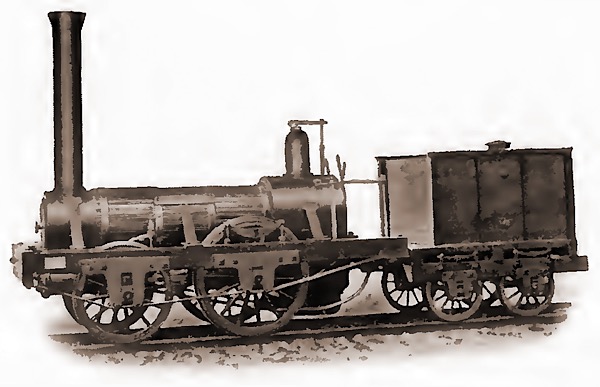 The next year Baldwin built his first commissioned steam locomotive for the fledgling Philadelphia, Germantown & Norristown Railroad. This engine, nicknamed Old Ironsides, traveled at the rate of only 1 mile per hour in initial trials made on November 23, 1832, but the machine was later refined and improved so that a peak speed of 28 mph was attained. It weighed over 5 tons, with 54 in diameter rear wheels, 9.5 in cylinders with 18 in stroke and a 30 in diameter boiler which took 20 minutes to raise steam. Although contracted for $4,000, owing to performance shortcomings a compromise price of $3,500 (equal to $110,503 today) between the railroad and the budding Baldwin Locomotive Works was ultimately agreed upon and received.
The next year Baldwin built his first commissioned steam locomotive for the fledgling Philadelphia, Germantown & Norristown Railroad. This engine, nicknamed Old Ironsides, traveled at the rate of only 1 mile per hour in initial trials made on November 23, 1832, but the machine was later refined and improved so that a peak speed of 28 mph was attained. It weighed over 5 tons, with 54 in diameter rear wheels, 9.5 in cylinders with 18 in stroke and a 30 in diameter boiler which took 20 minutes to raise steam. Although contracted for $4,000, owing to performance shortcomings a compromise price of $3,500 (equal to $110,503 today) between the railroad and the budding Baldwin Locomotive Works was ultimately agreed upon and received.
Baldwin was a devout member of the Presbyterian Church and a consistent donor to religious and secular charitable causes throughout his life. In 1824 he was a founder of the Franklin Institute in Philadelphia. Baldwin was also a strong advocate of abolitionism. He was elected to the American Philosophical Society in 1833.
At the time of its founder's death, the Baldwin Locomotive Works had produced some 1,500 steam locomotives. The company ultimately produced a total of some 75,000 steam locomotive engines, before it terminated production in 1956.

collection
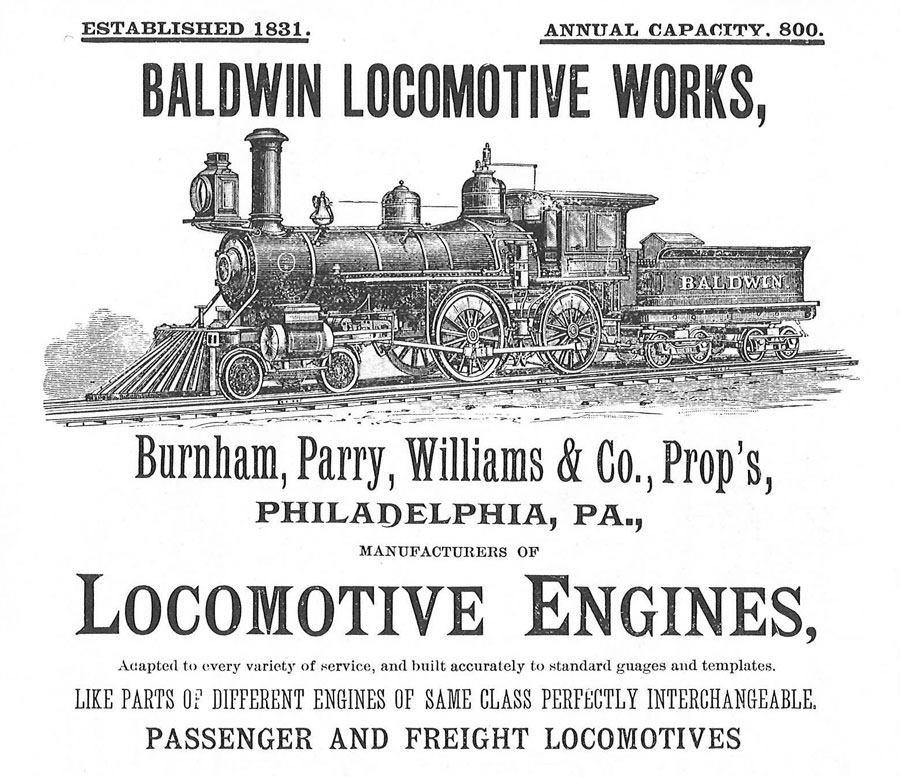
collection
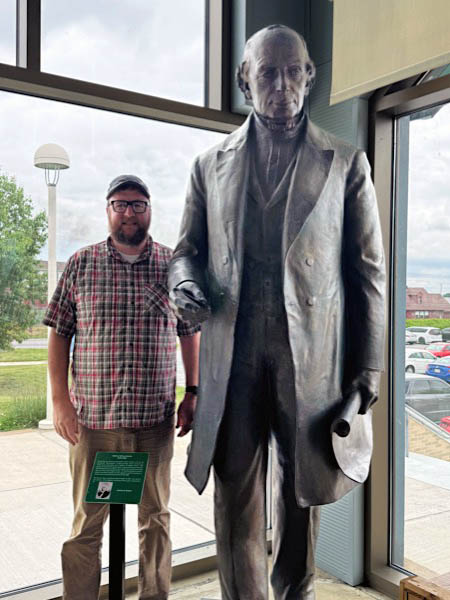
May 2024 / ETH
Publications
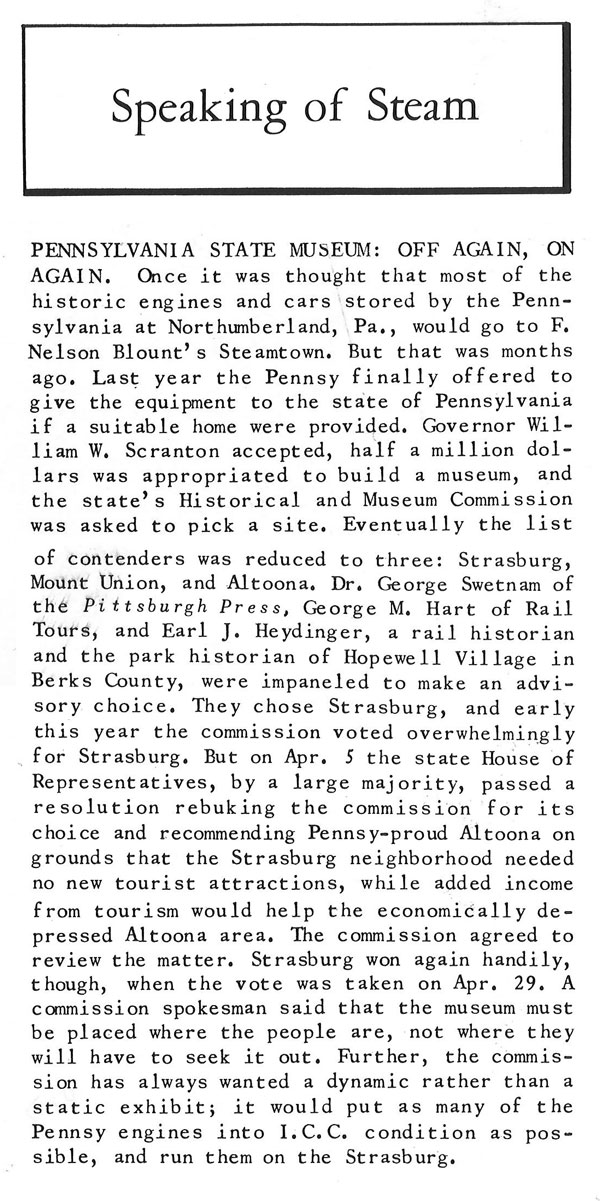
from Steam Locomotive & Railroad Tradition
#15 - May 1965 / collection

1974 tourist train guide ad / collection

1980 tourist train guide ad / collection
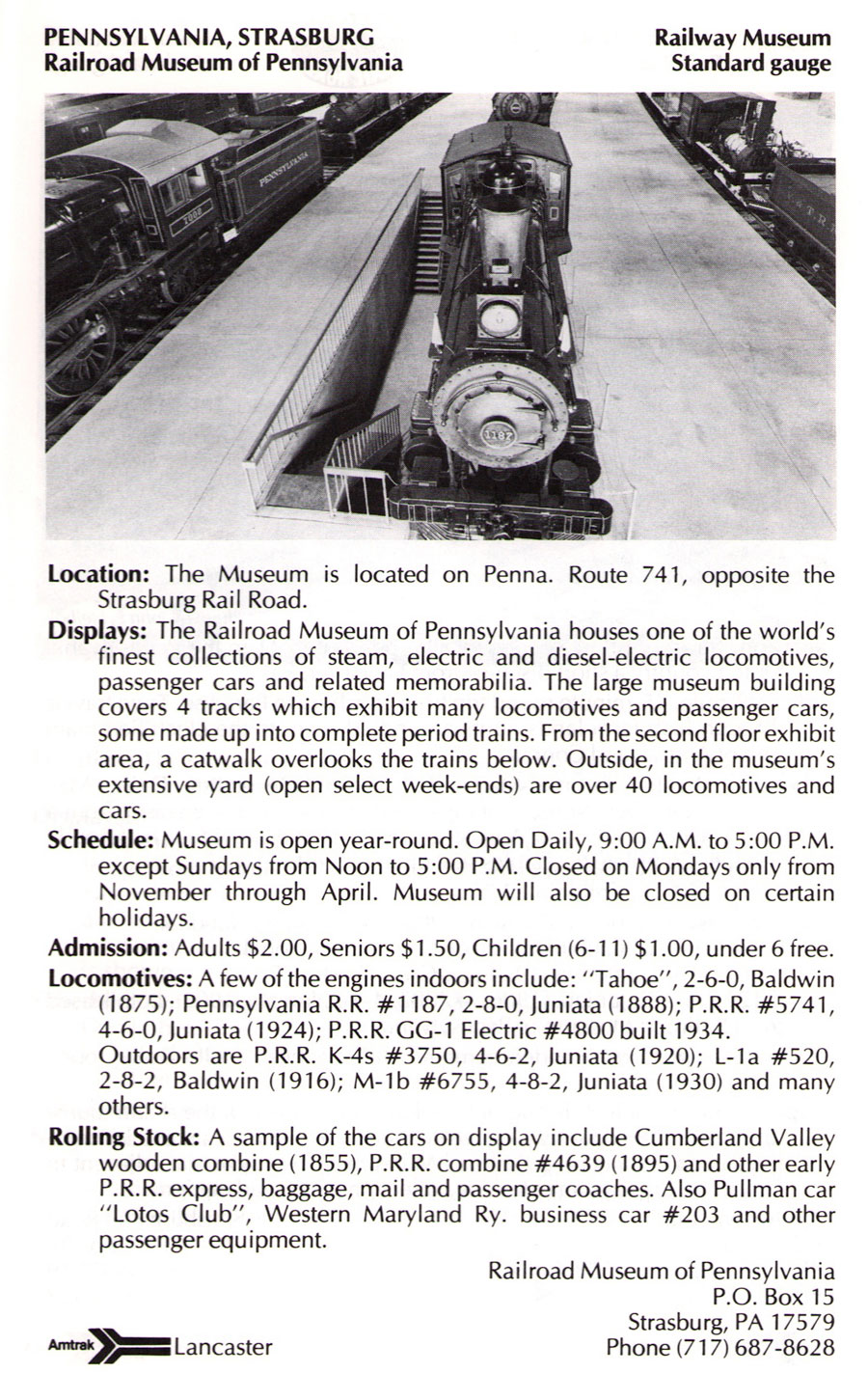
1986 tourist train guide ad / collection
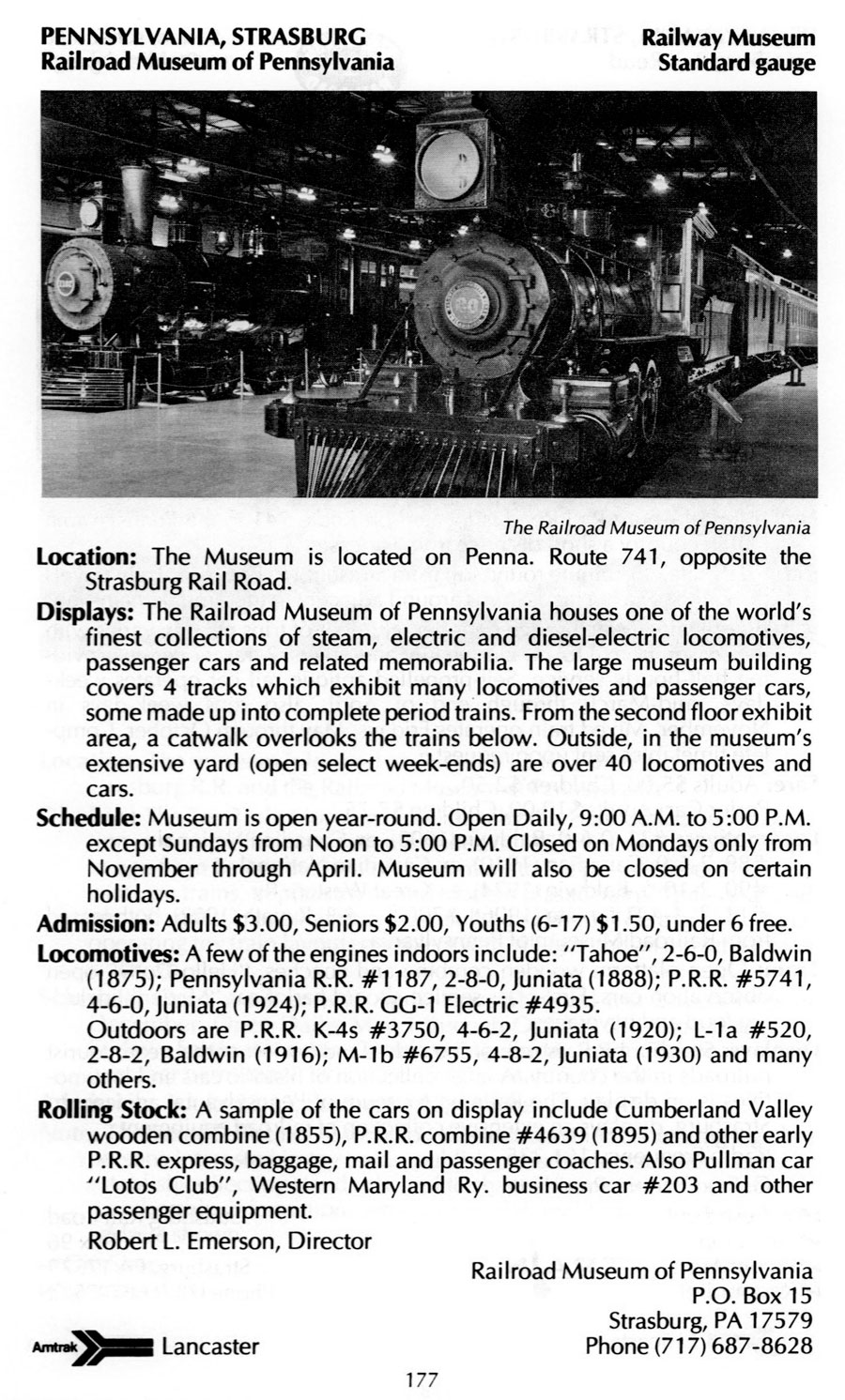
1989 tourist train guide ad / collection

1992 tourist train guide ad / collection

1998 tourist train guide ad / collection
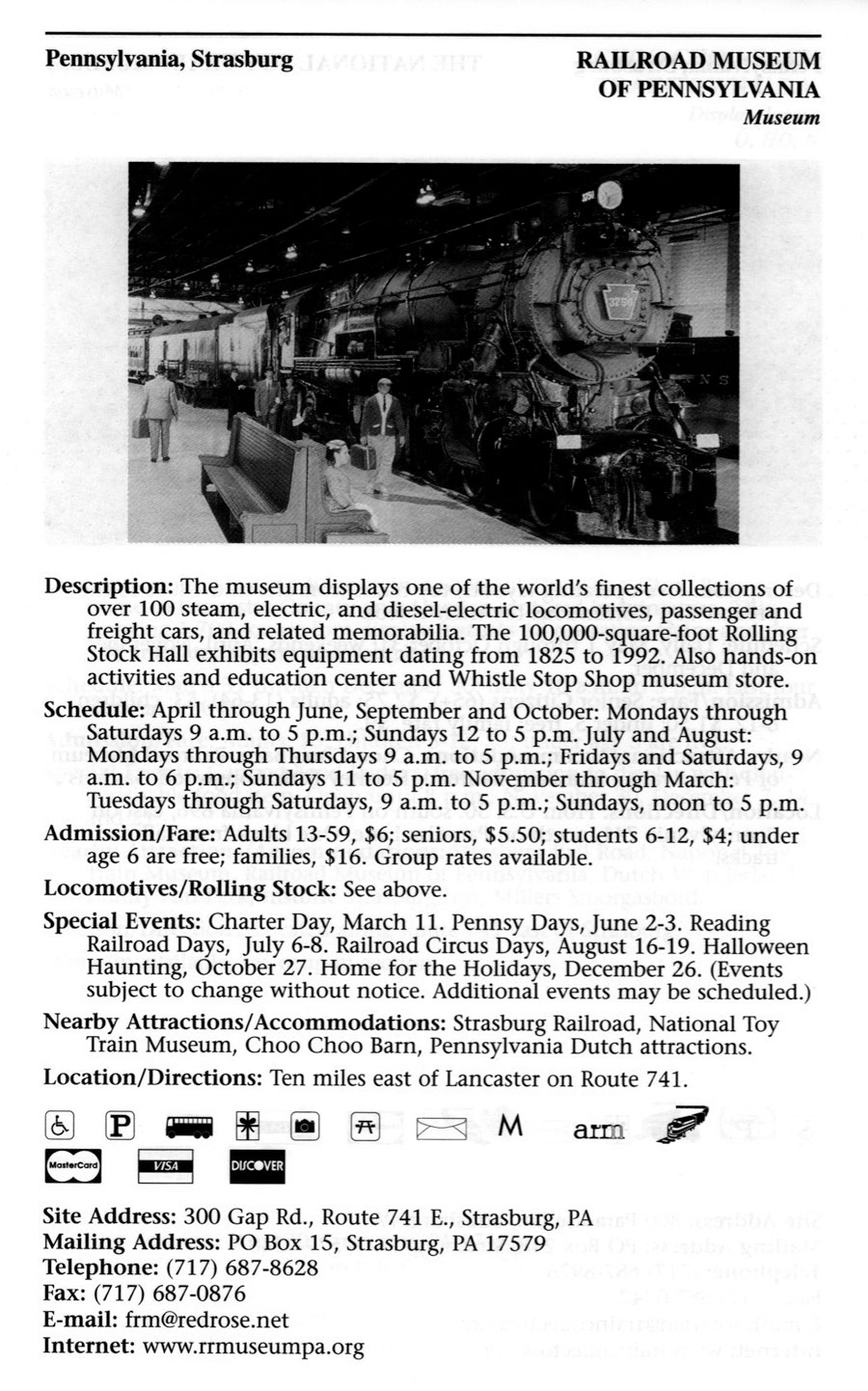
2001 tourist train guide ad / collection
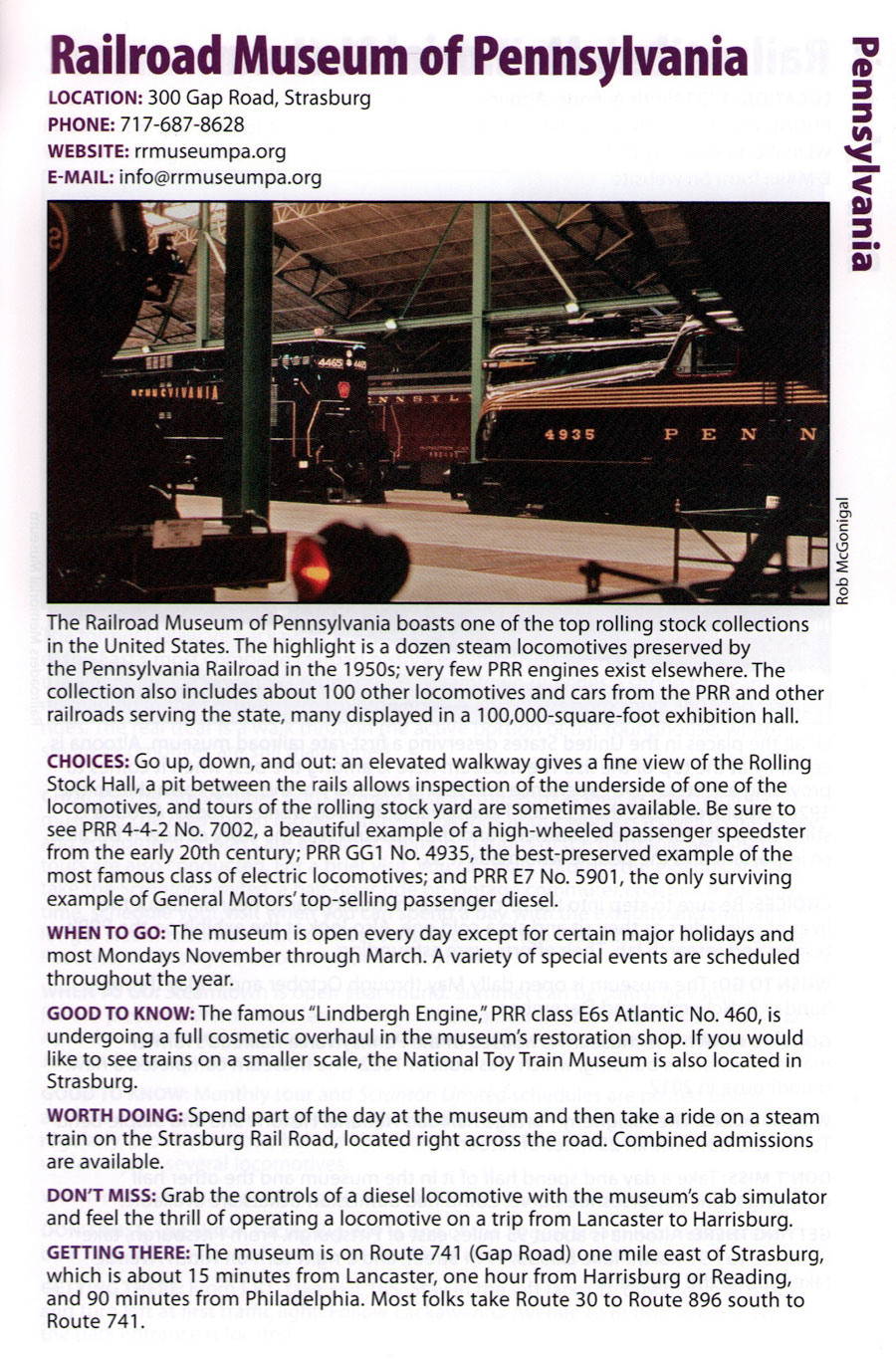
2013 tourist train guide ad / collection

2019 tourist train guide ad / collection
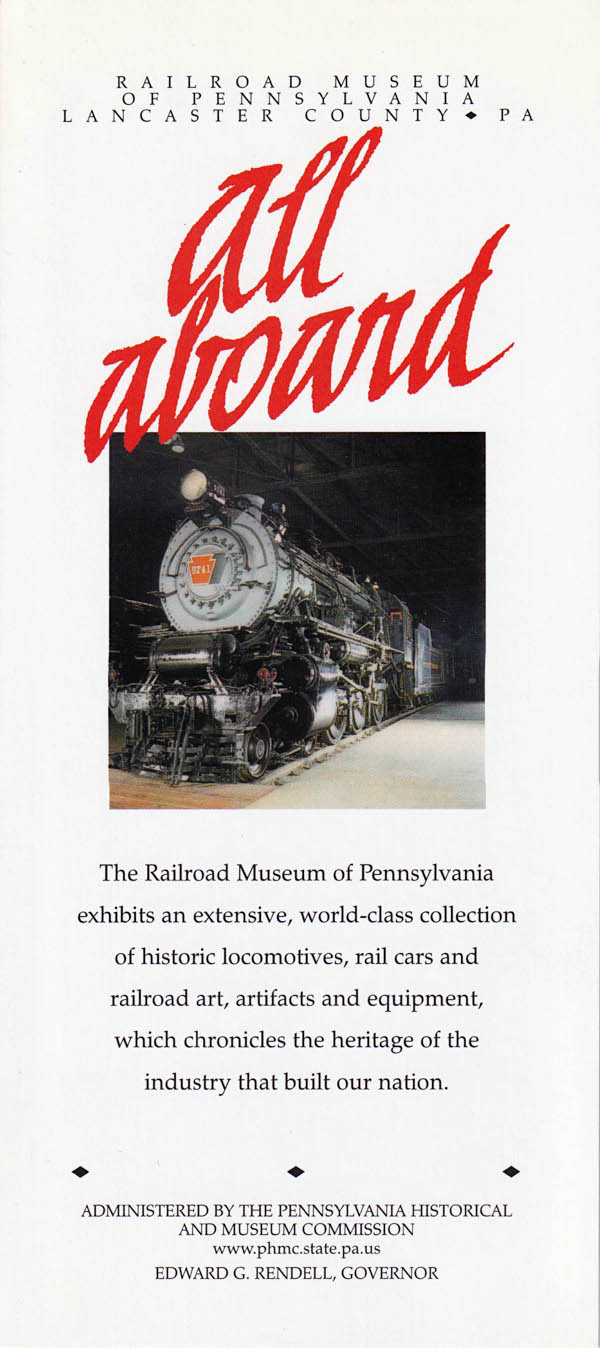
brochure / collection
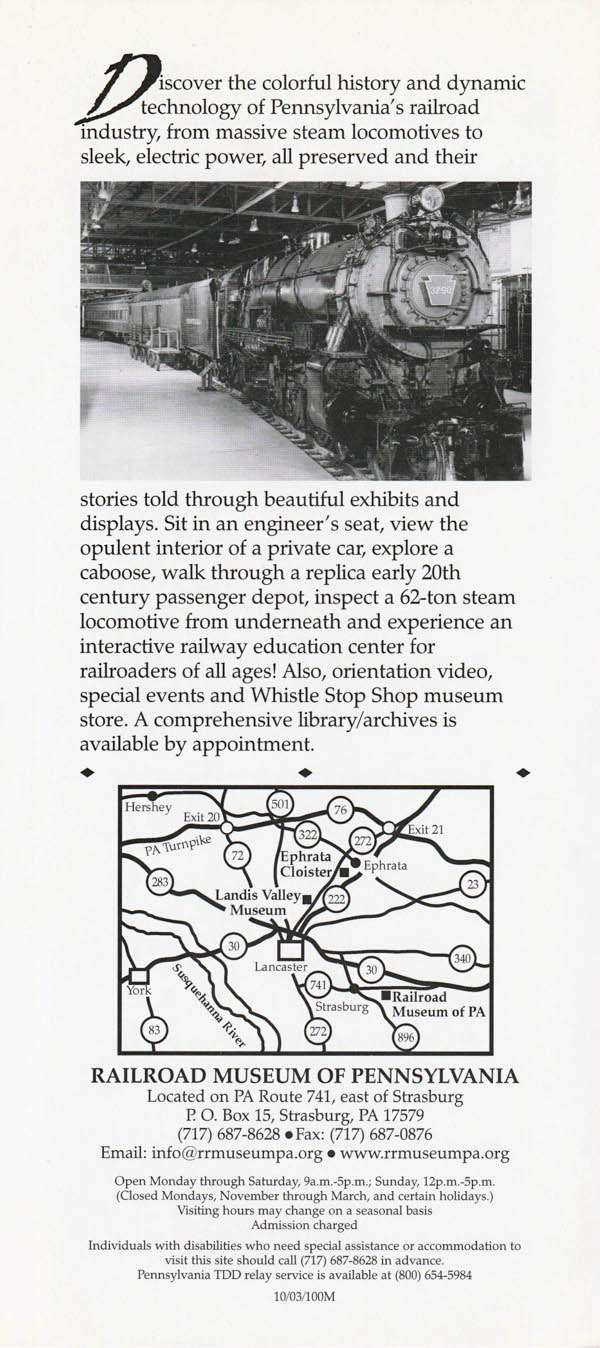
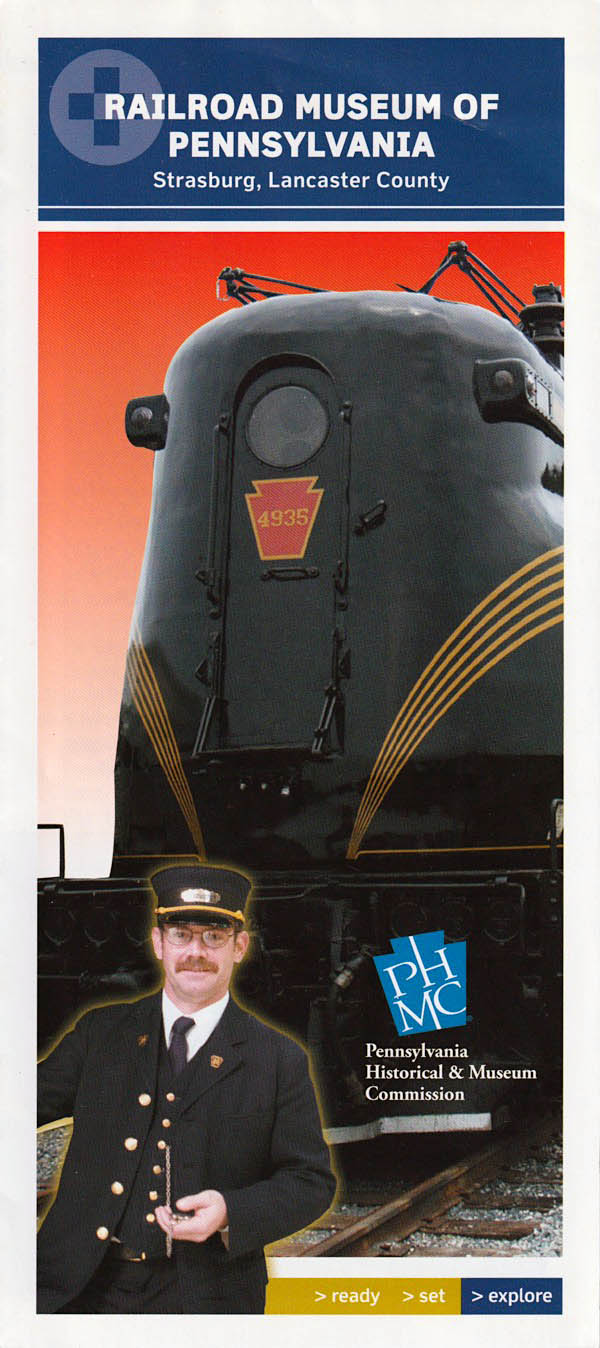
brochure / collection
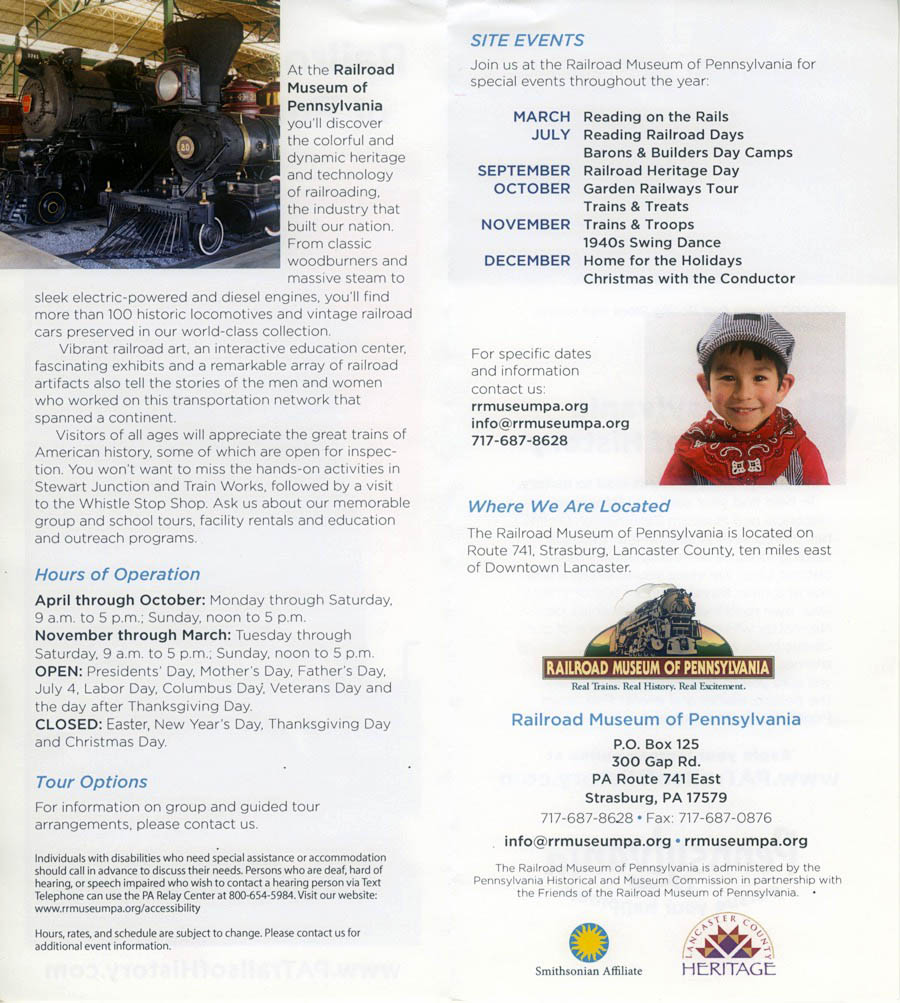
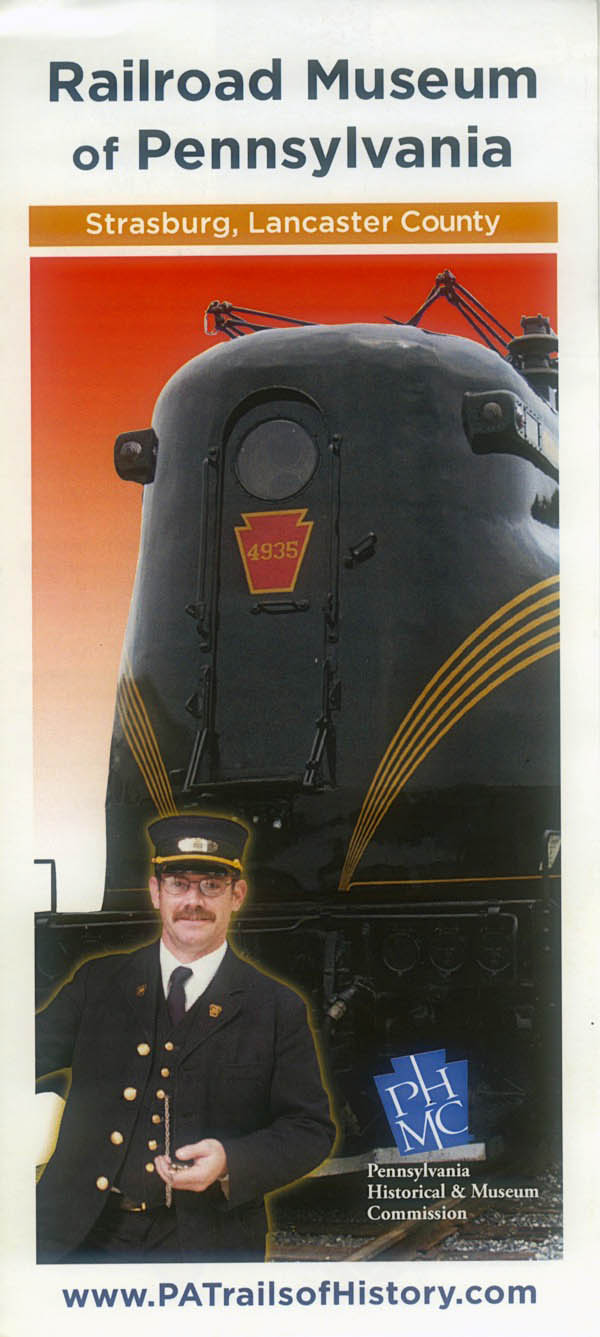
brochure / collection
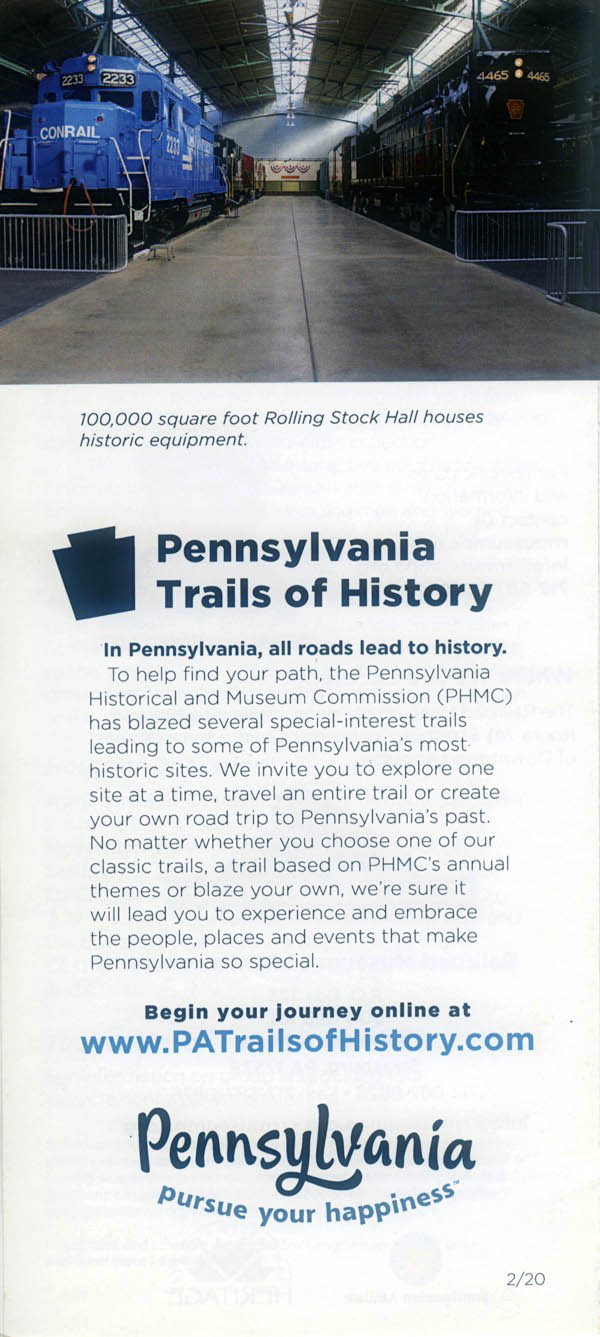
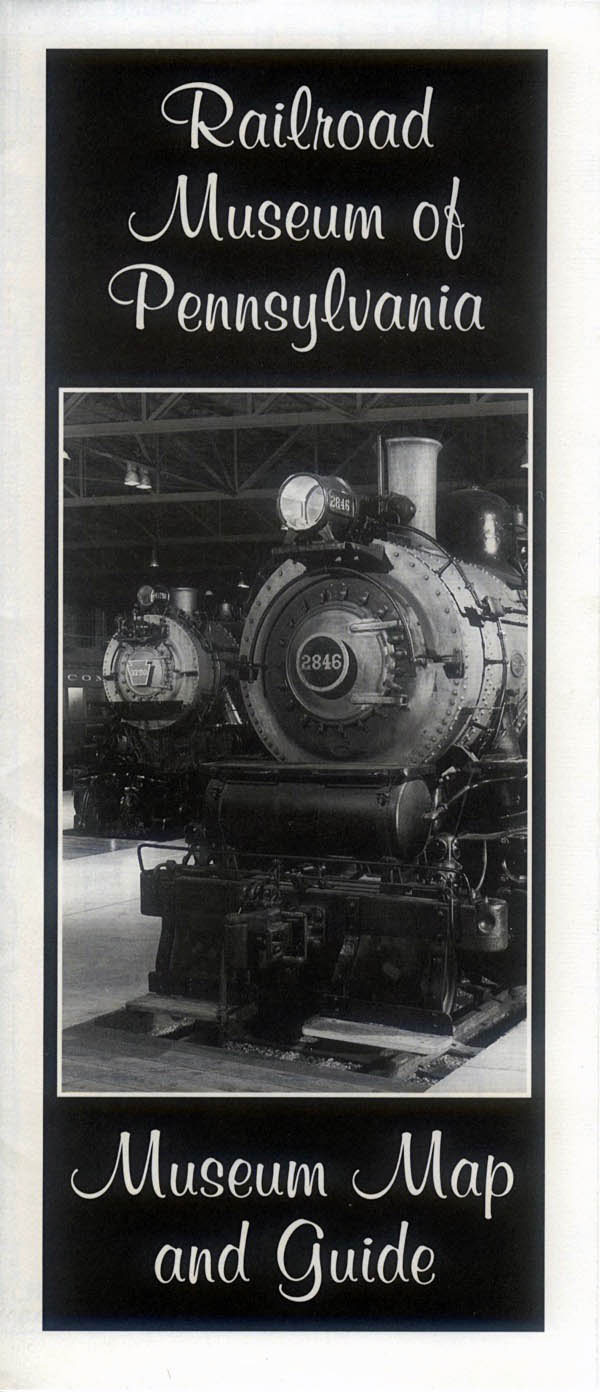
brochure / collection
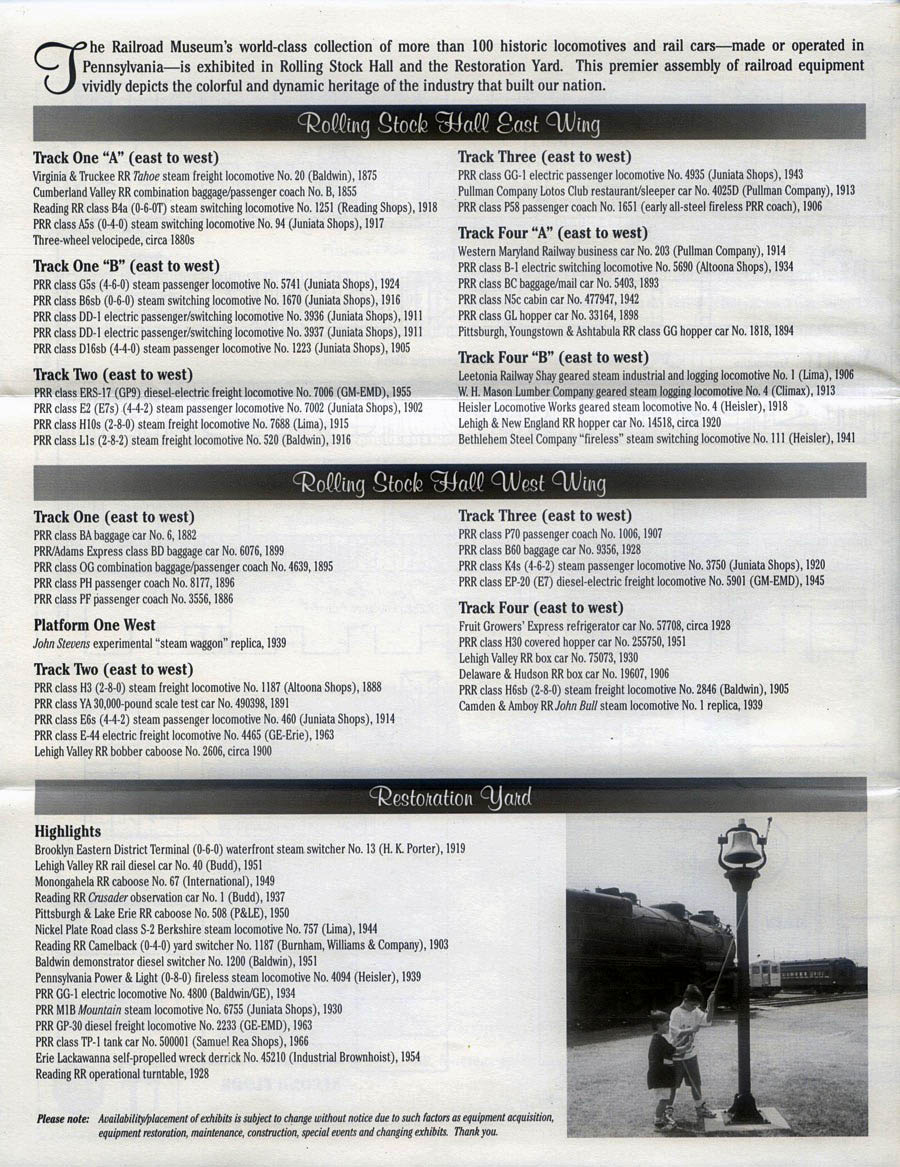
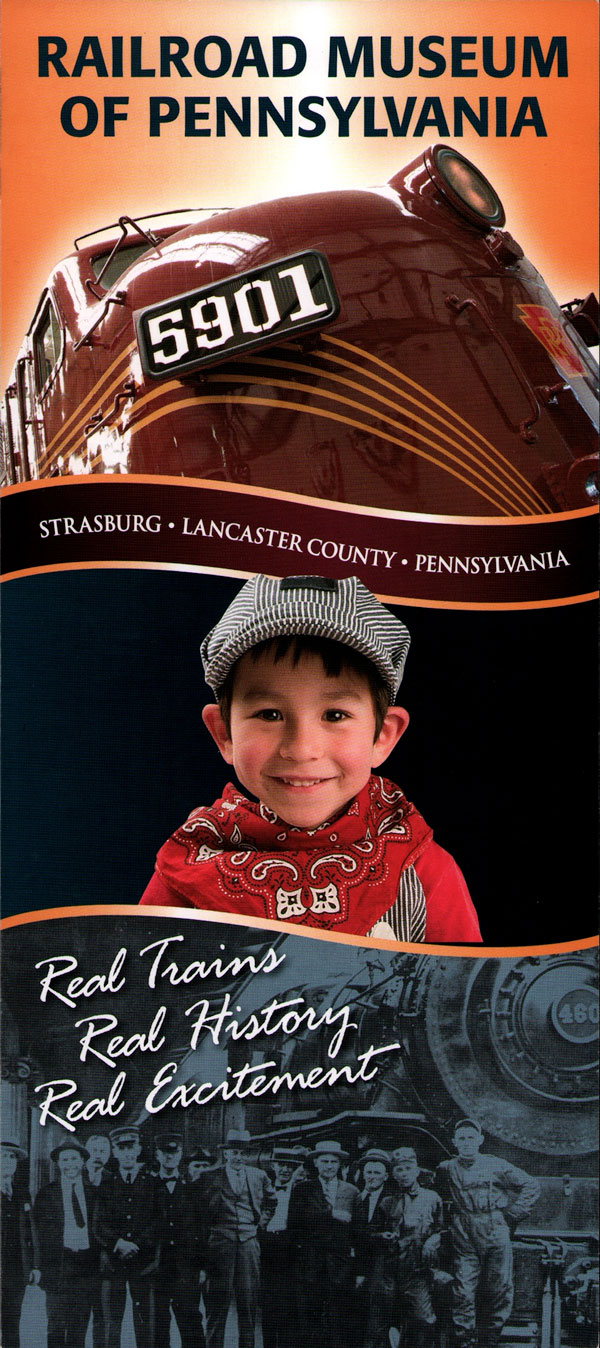
brochure / collection

Lagniappe



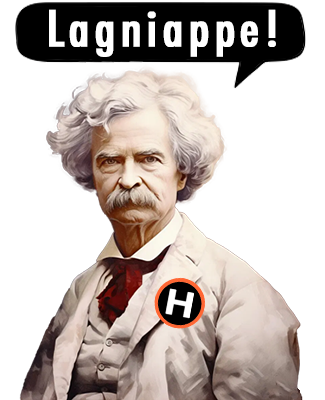
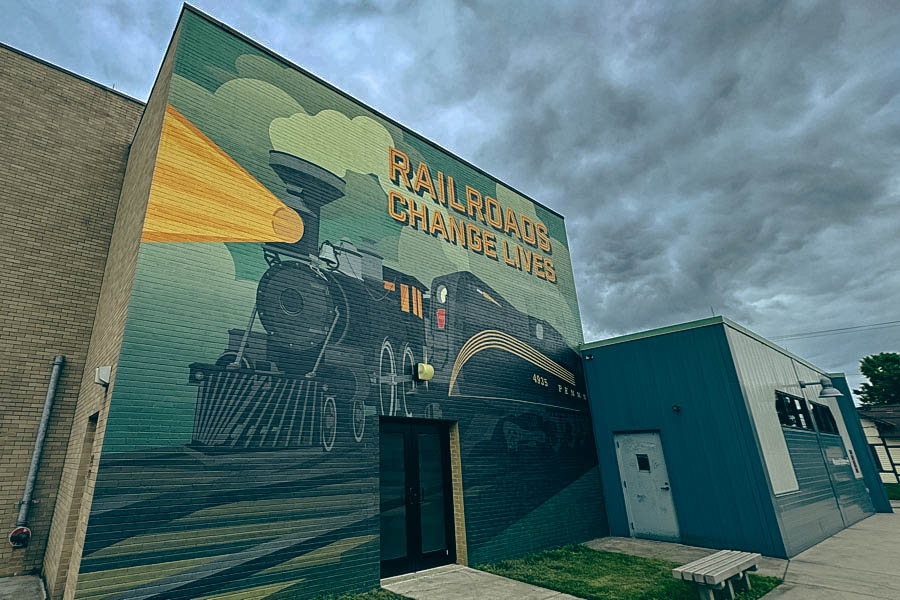
Railroads Change Lives
Strasburg, Pa / May 2024 / RWH
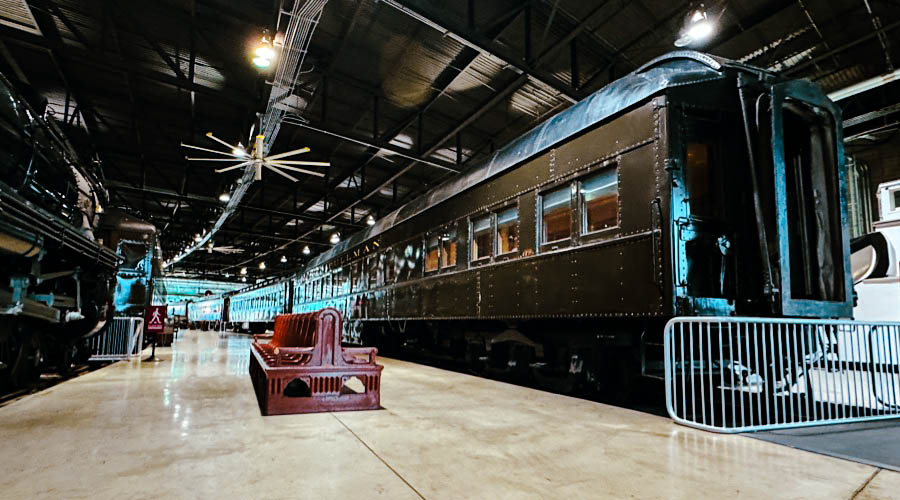
Now Boarding, Platform Two West!
Strasburg, Pa / May 2024 / RWH
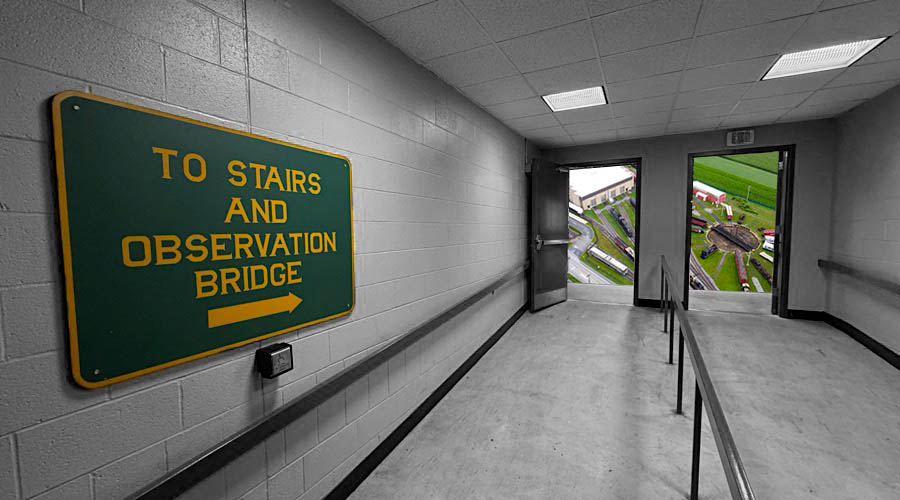
The Scenic View
image and artwork RWH

Monongahela Meltdown
Strasburg, Pa / May 2024 / RWH

Retirement for Ma and Pa
Strasburg, Pa / May 2024 / RWH
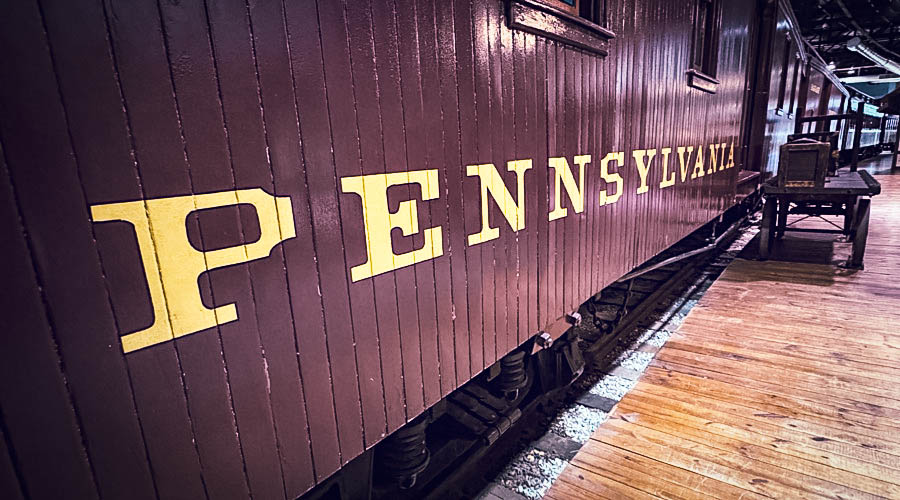
Last Station Stop
Strasburg, Pa / May 2024 / RWH
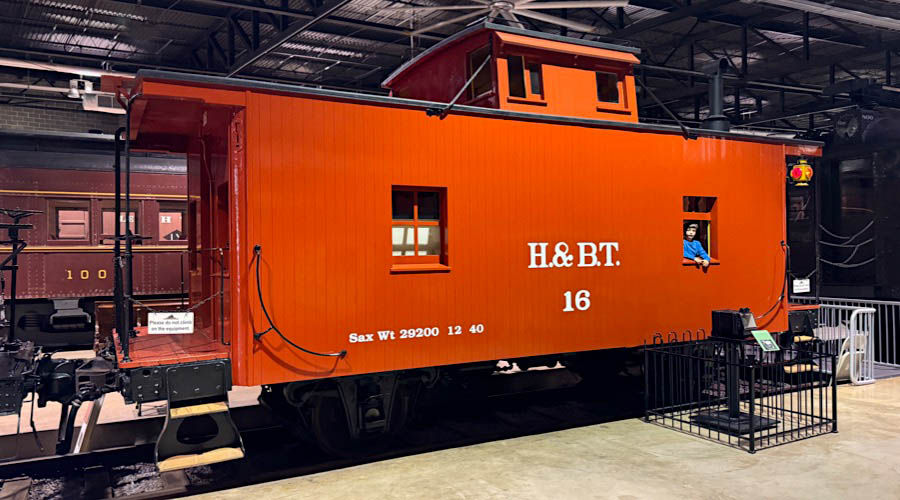
Little Red Caboose
Strasburg, Pa / May 2024 / RWH
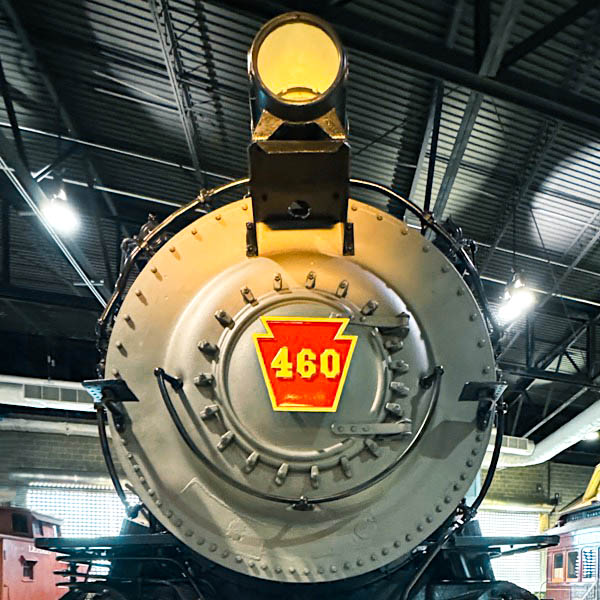
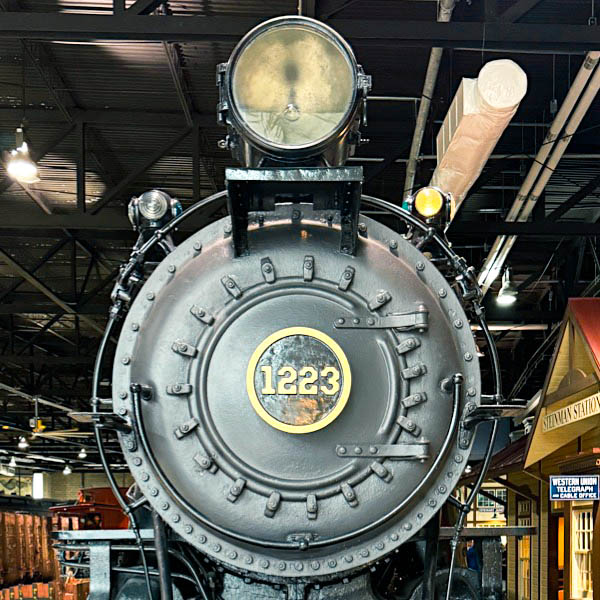
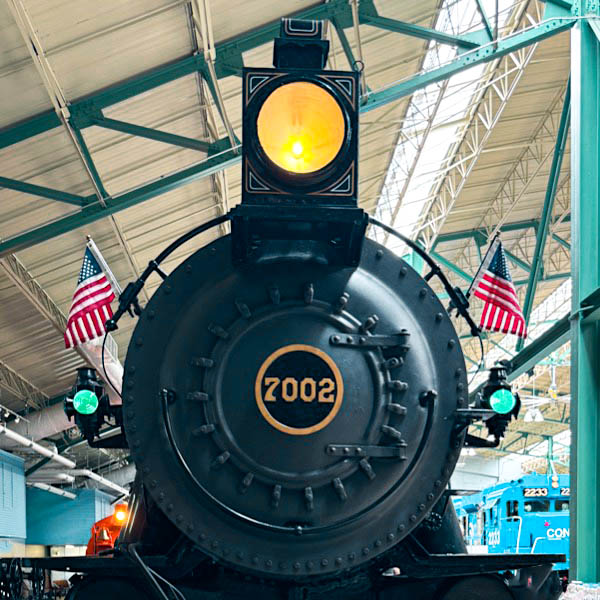


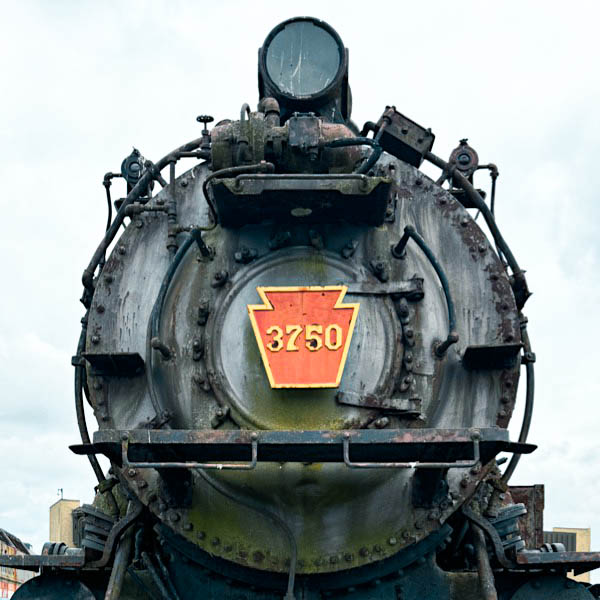
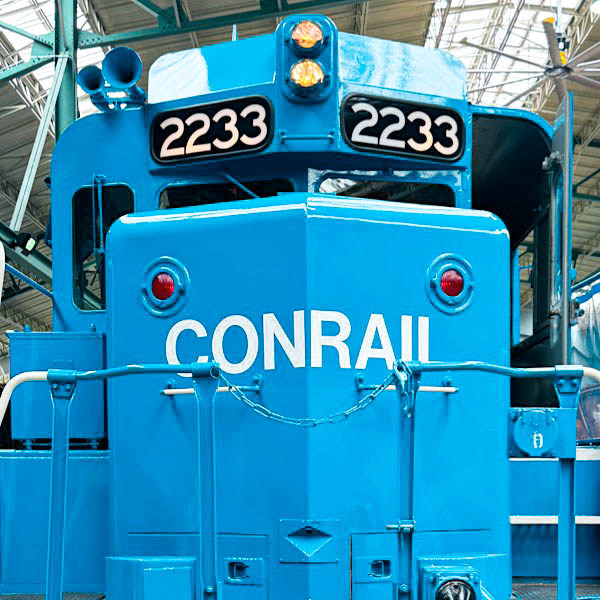


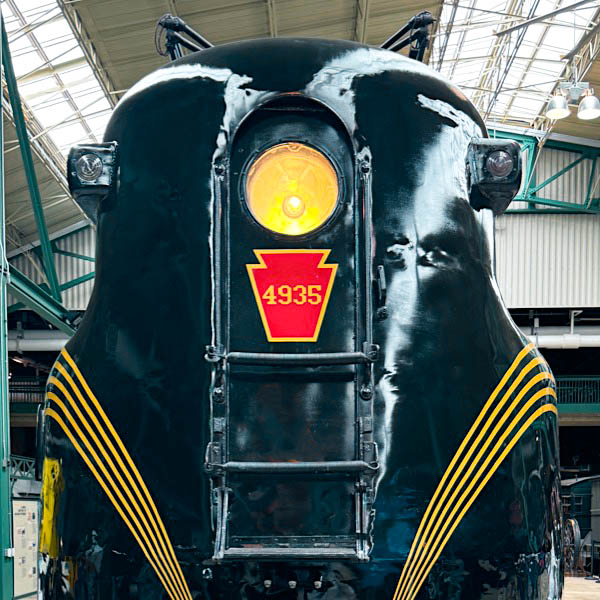
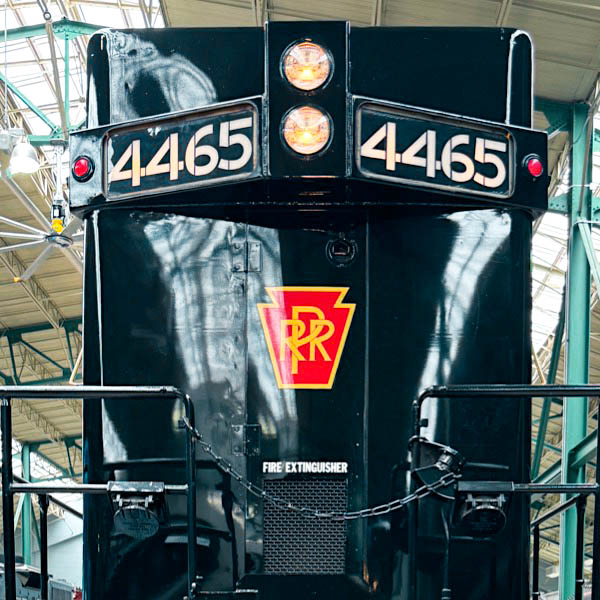
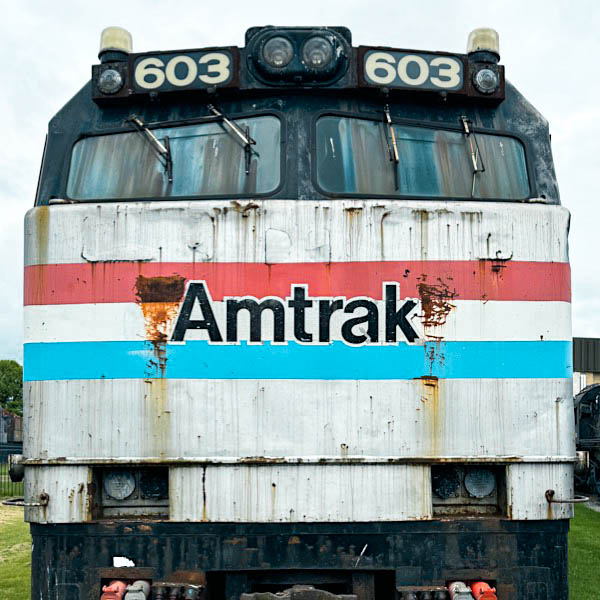
Locomotive Lineup
images and artwork RWH
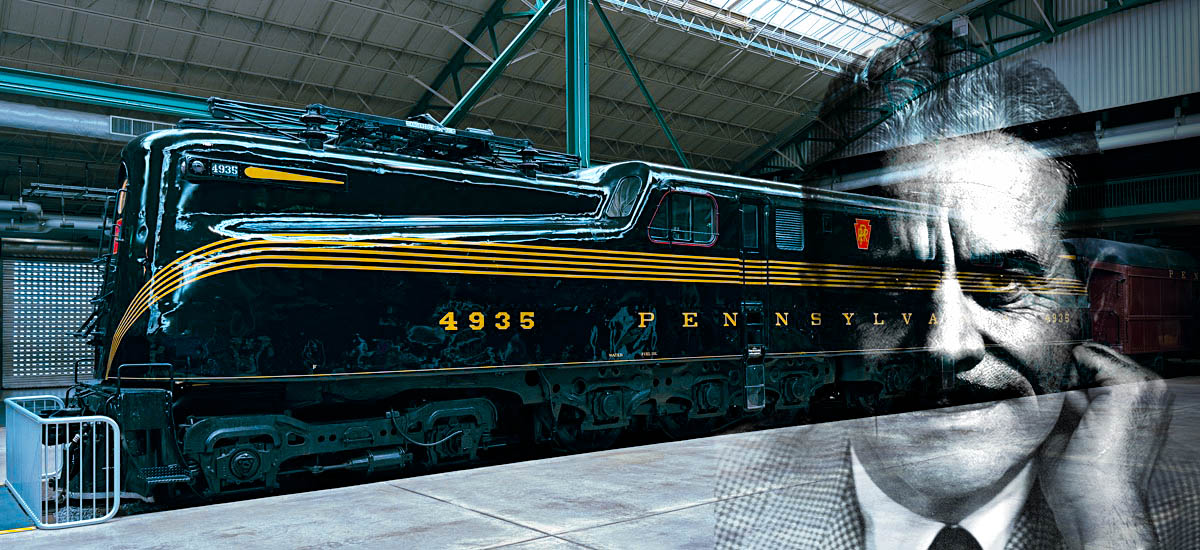
Loewy's Long Lasting Legend
image and artwork RWH
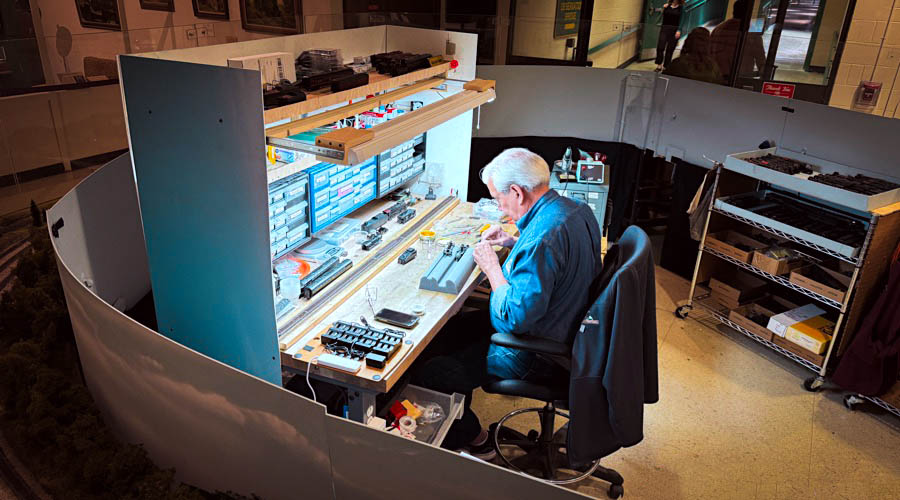
The Master in His Castle
Strasburg, Pa / May 2024 / RWH
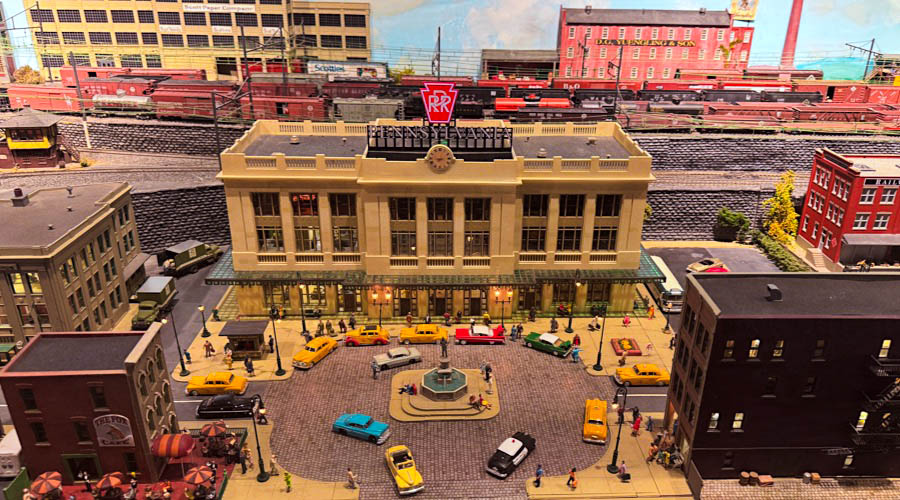
Downtown Life
Strasburg, Pa / May 2024 / RWH
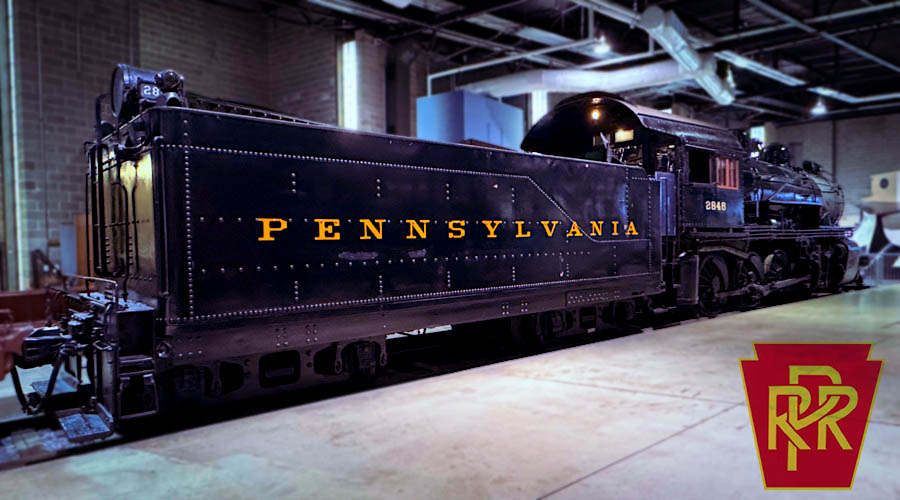
The Hallowed Class H
image and artwork RWH
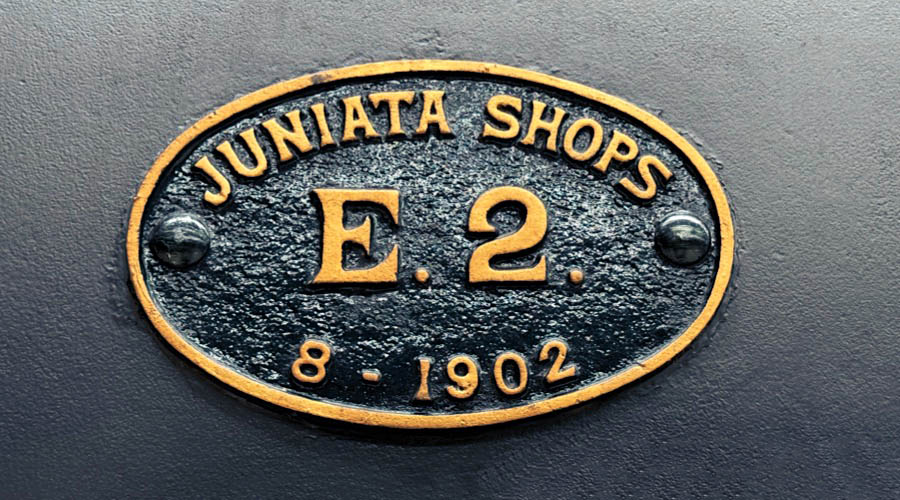
Juniata Born and Bred
Strasburg, Pa / May 2024 / RWH
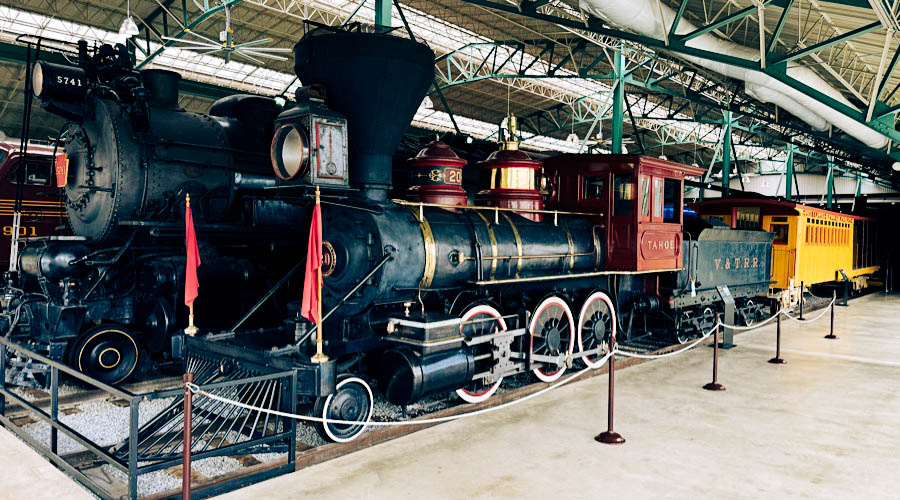
American Standard
Strasburg, Pa / May 2024 / RWH

 Extra Board
Extra Board
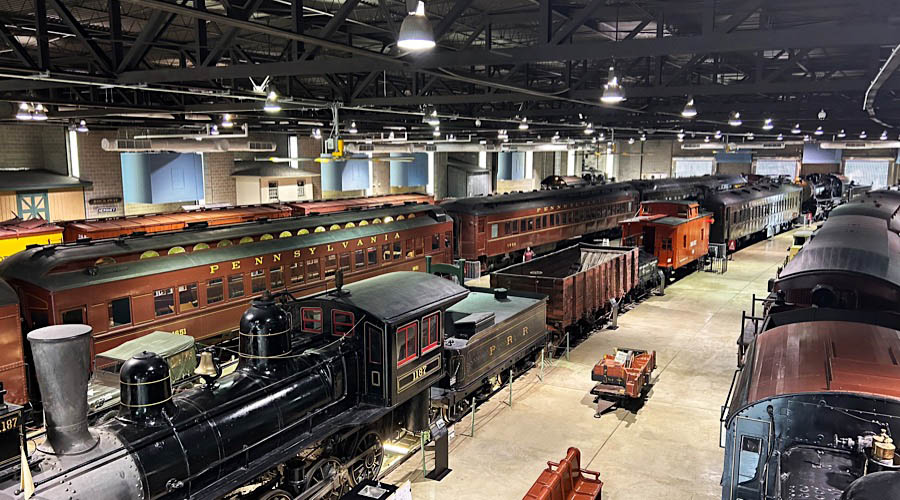
Strasburg, Pa / May 2024 / ETH
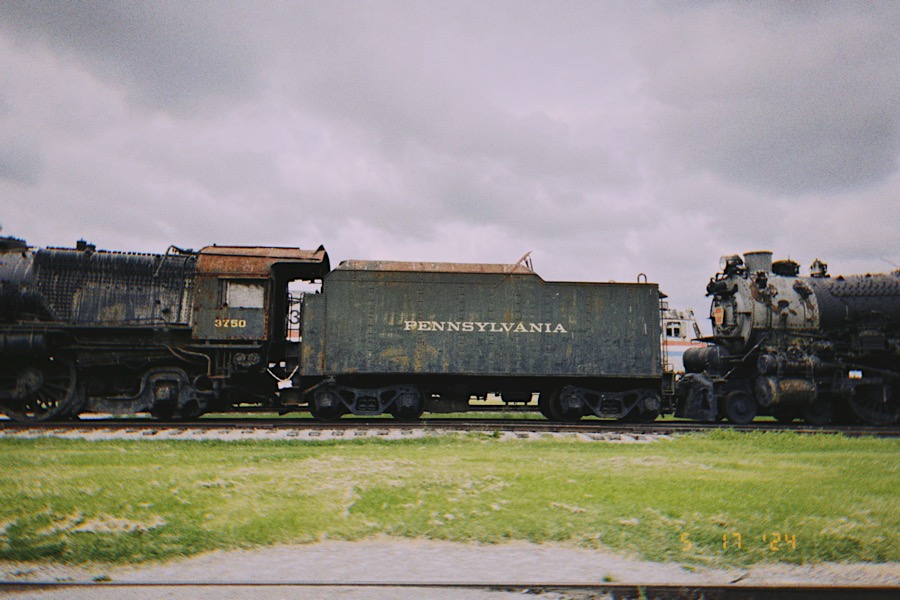
Strasburg, Pa / May 2024 / ETH
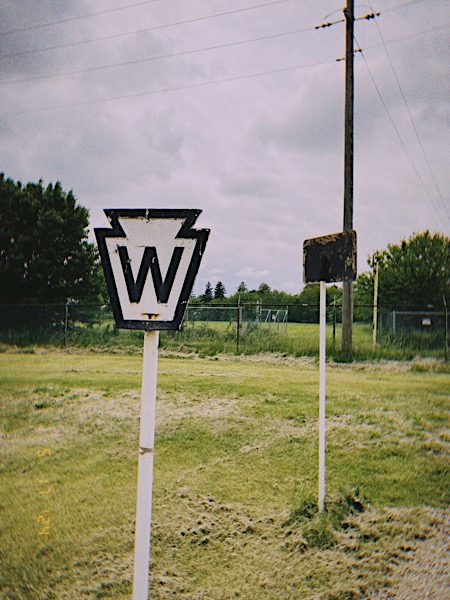
May 2024 / ETH
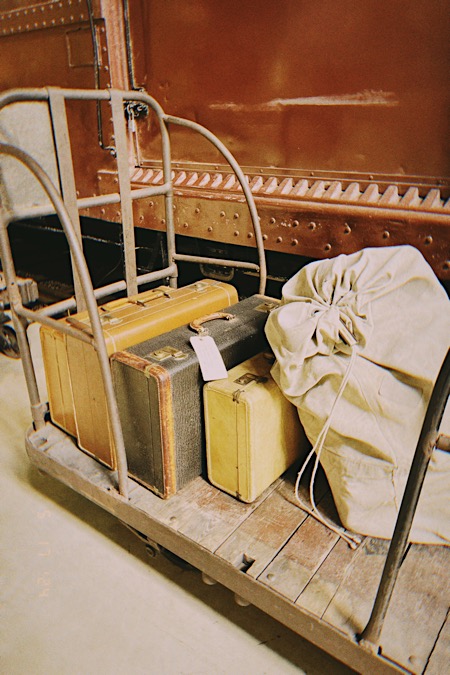
Strasburg, Pa / May 2024 / ETH
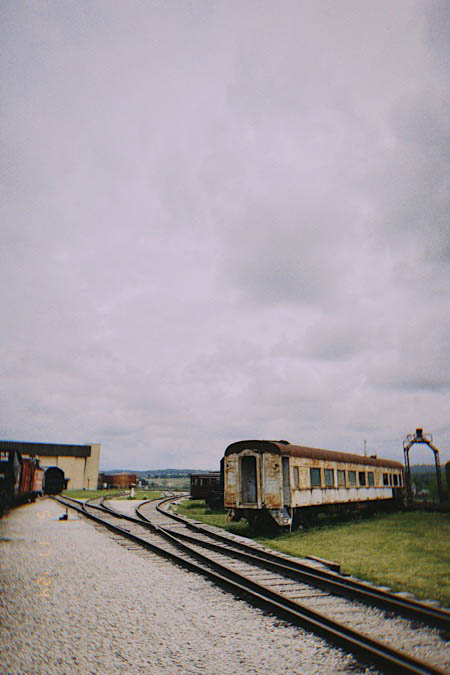
Strasburg, Pa / May 2024 / ETH
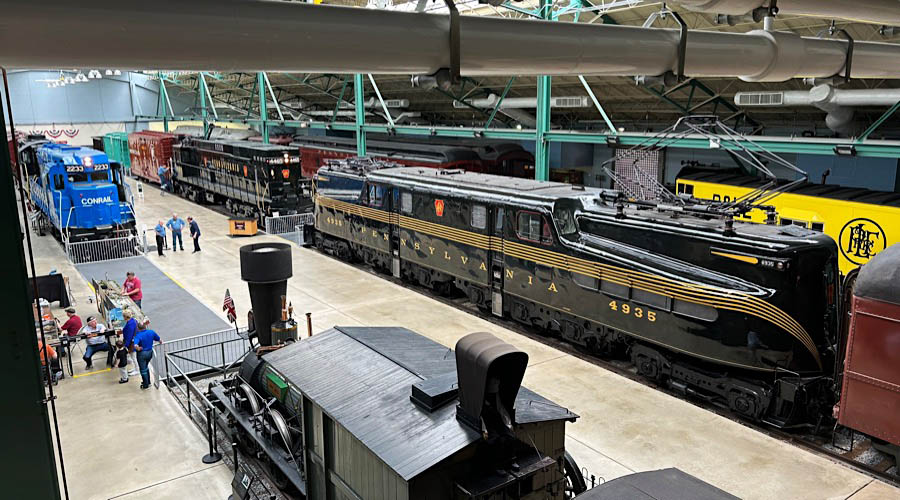
Strasburg, Pa / May 2024 / ETH

Strasburg, Pa / May 2024 / ETH

See also Ella's complete Extra Board image collection in Lagniappe
 Snapshots
Snapshots
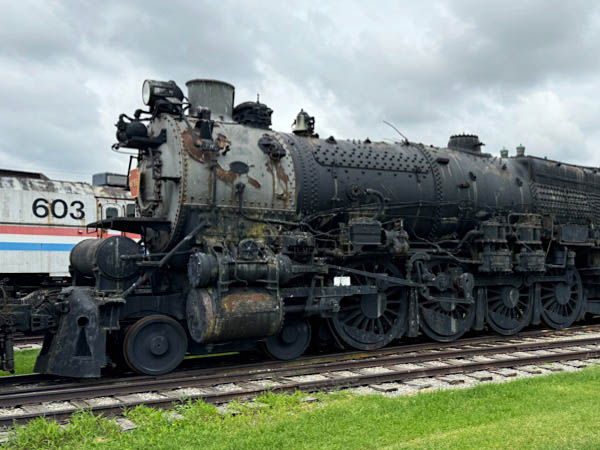
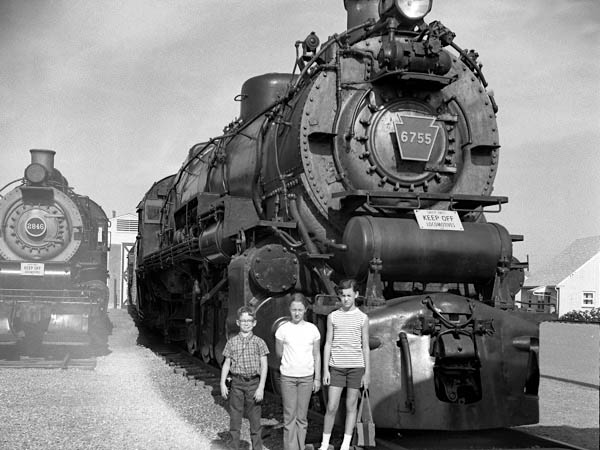
Strasburg, Pa / May 2024 and Aug 1971 / RWH and JCH
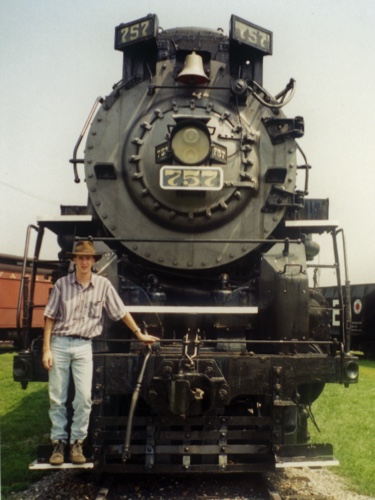
Strasburg, Pa / Aug 1994 / JCH

Strasburg, Pa / Aug 1994 / JCH

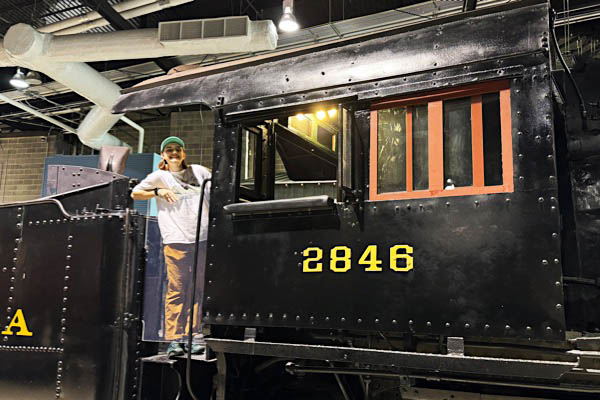
Strasburg, Pa / Aug 1994 and May 2024 / JCH and RWH

Strasburg, Pa / May 2024 / RWH
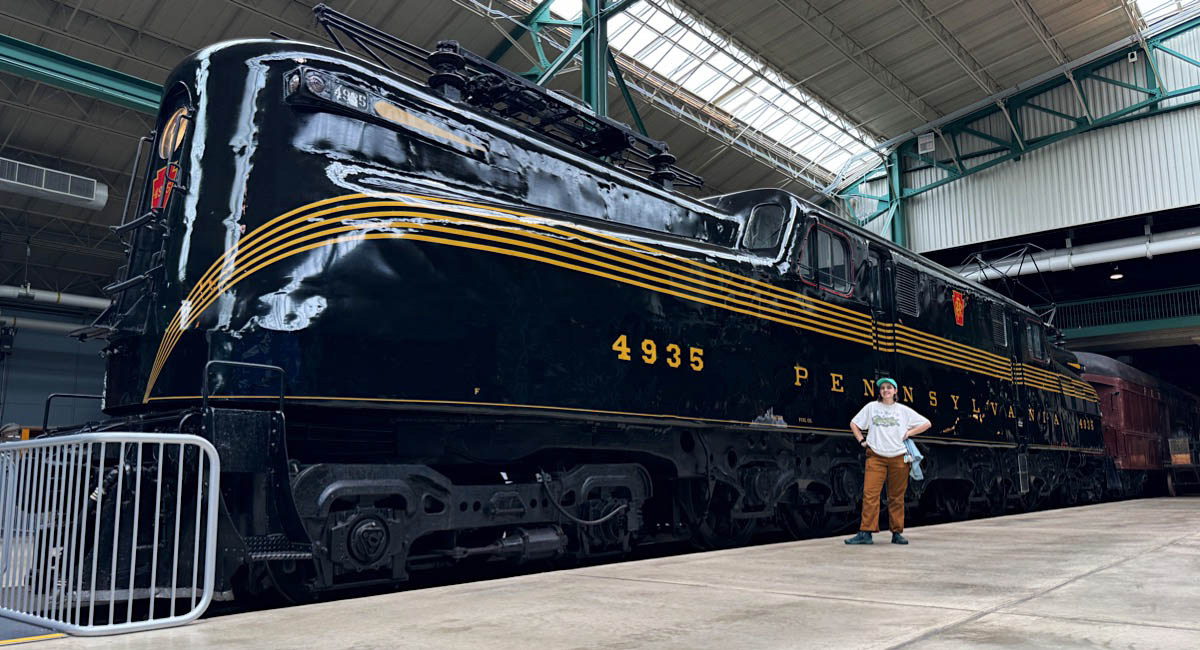
Strasburg, Pa / May 2024 / RWH
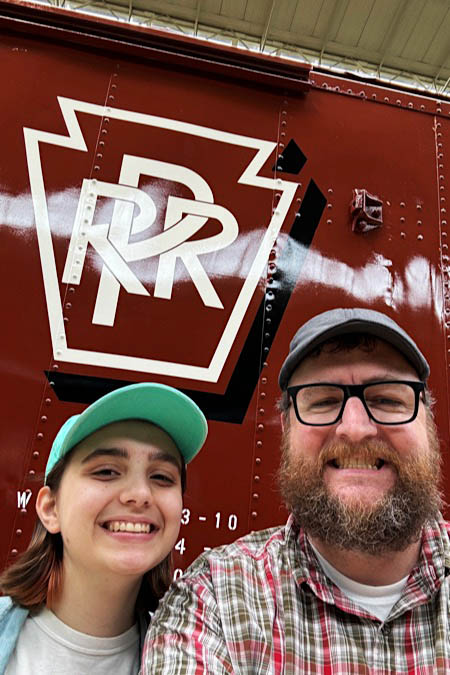
May 2024 / RWH

May 2024 / ETH

Strasburg, Pa / May 2024 / RWH
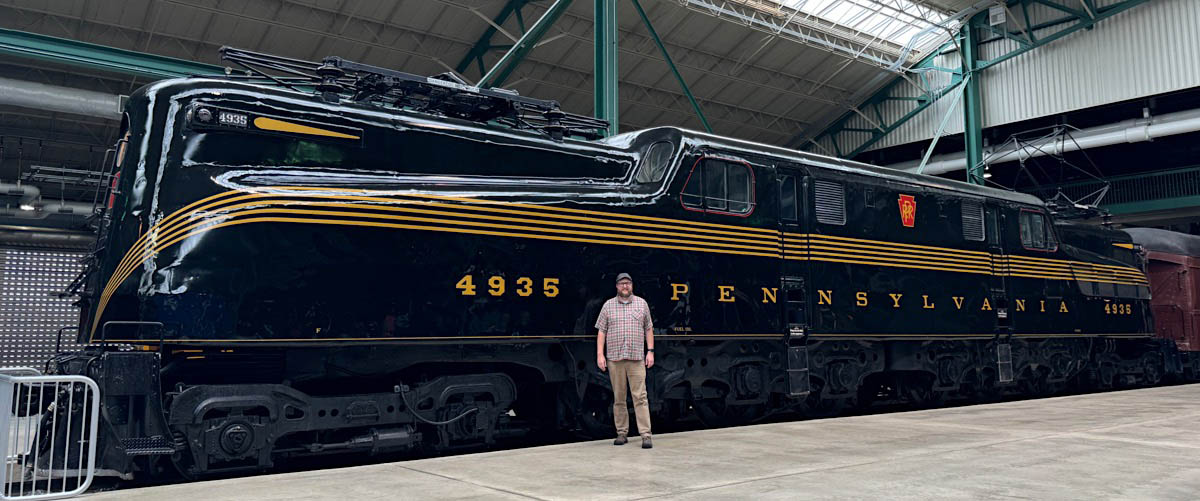
Strasburg, Pa / May 2024 / ETH
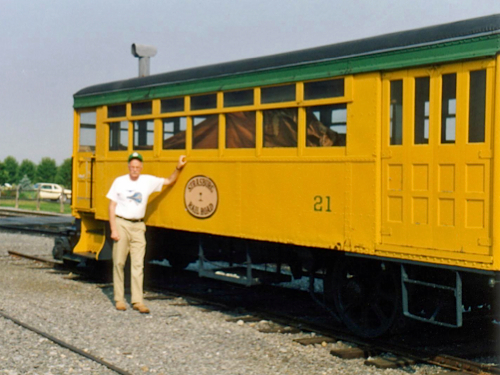
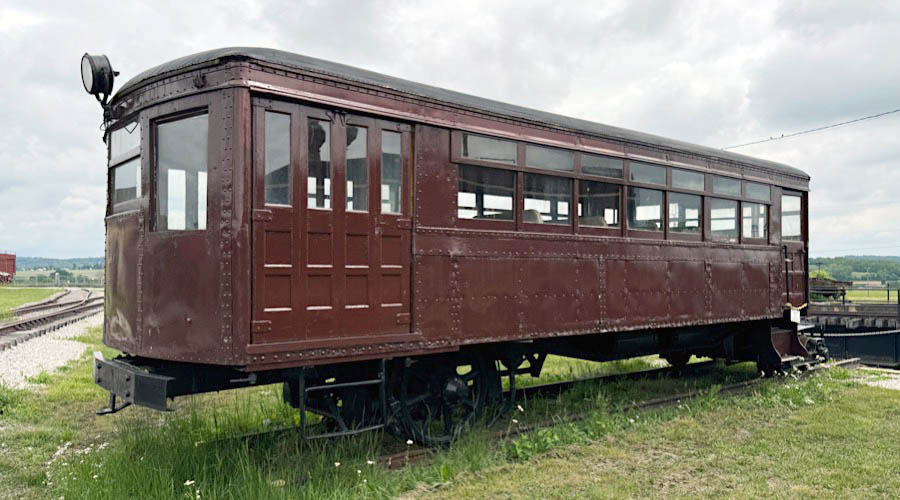
Strasburg, Pa / Aug 1989 and May 2024 / RWH
Links / Sources
- Railroad Museum of Pennsylvania website
- Wikipedia article for Railroad Museum of Pennsylvania
- Strasburg website Railroad Museum of Pennsylvania page

